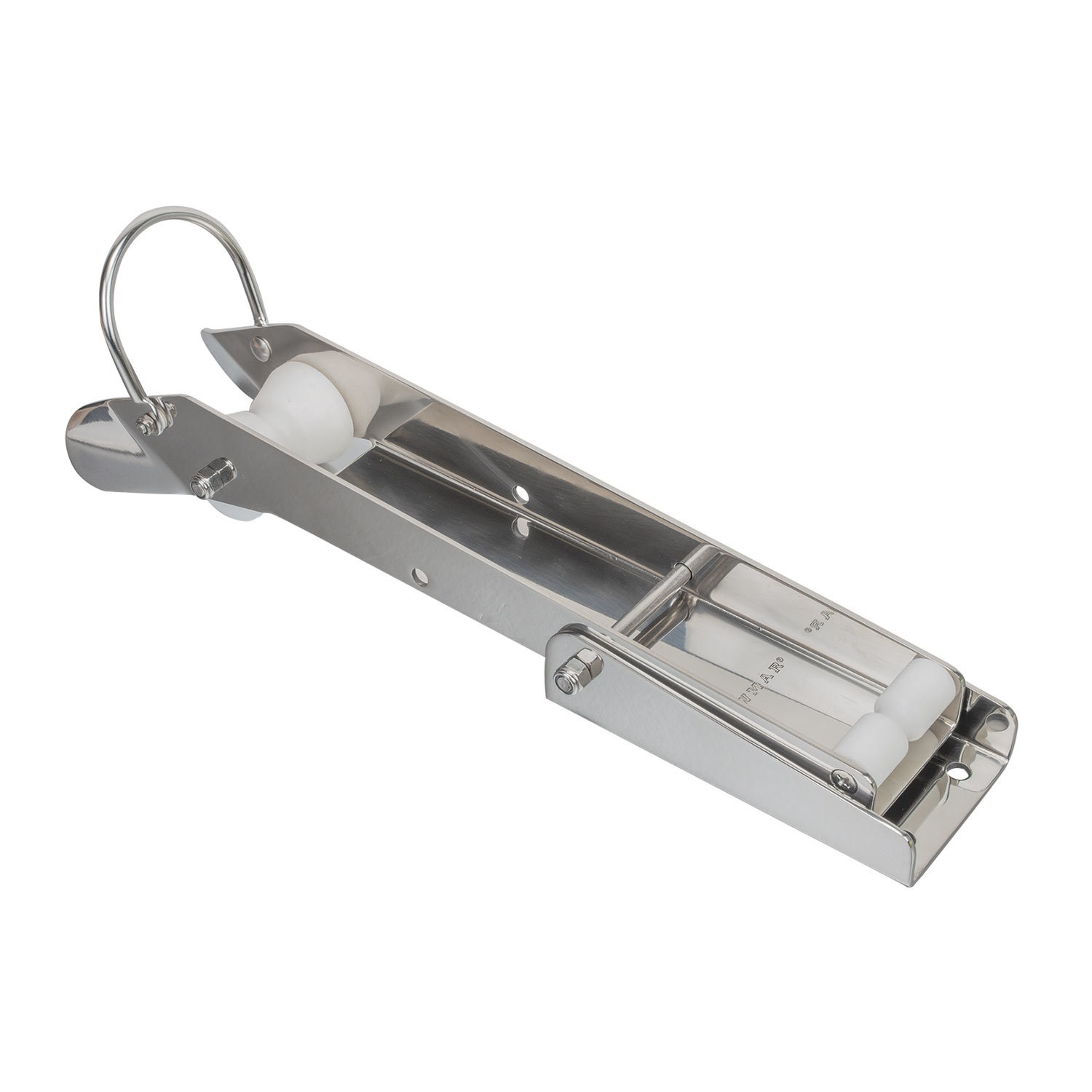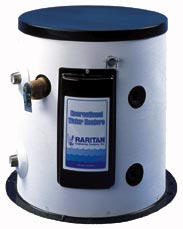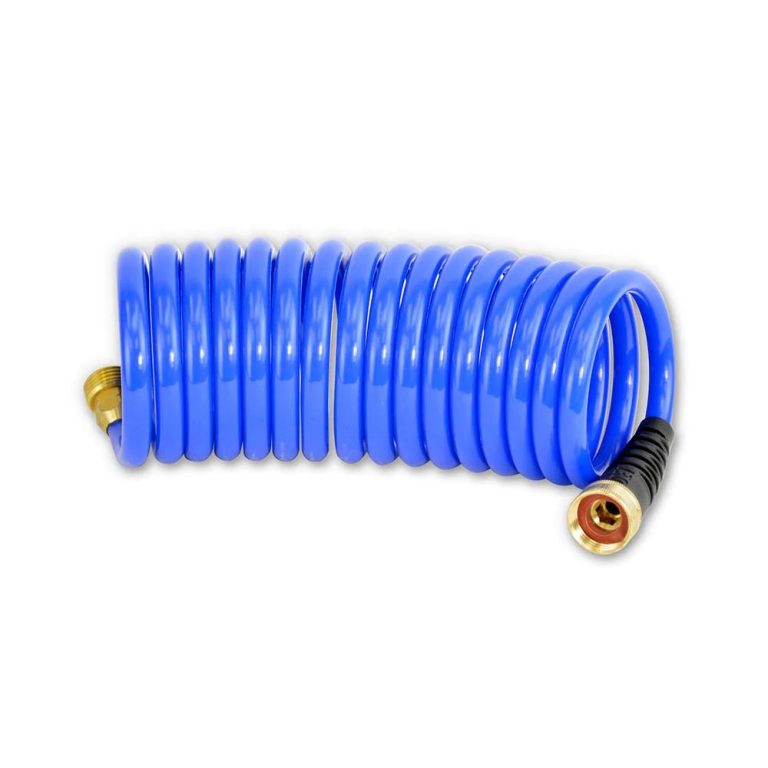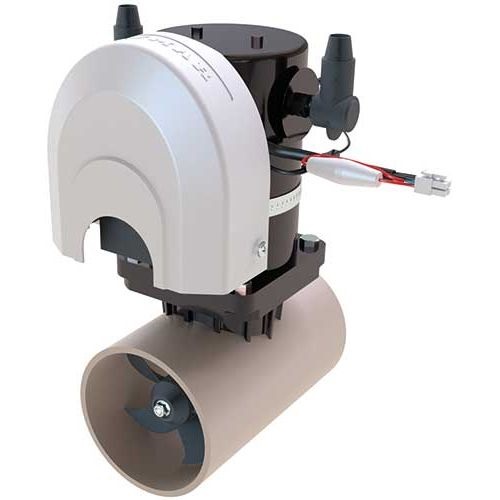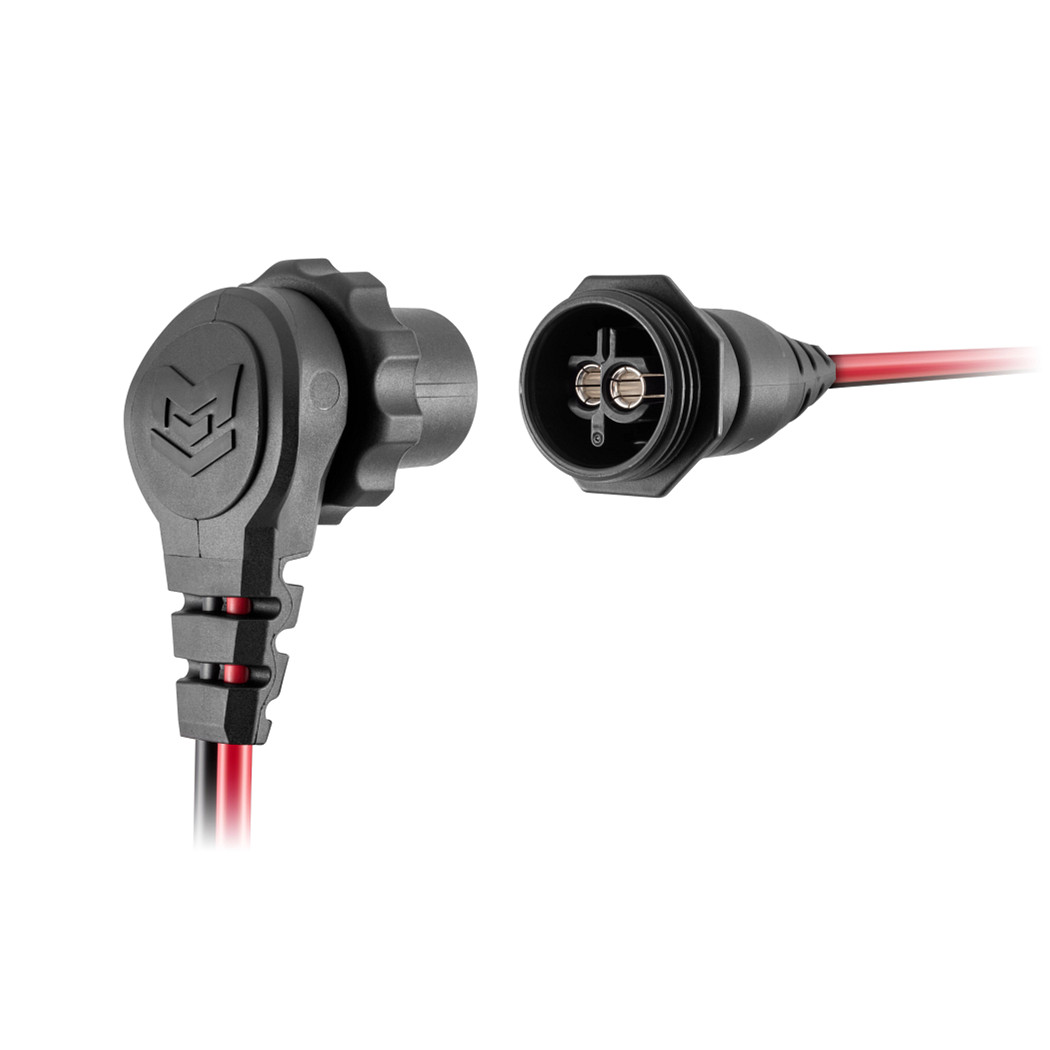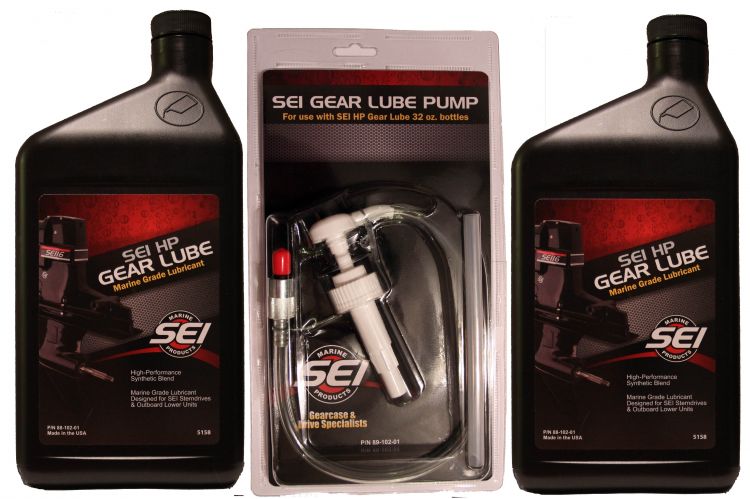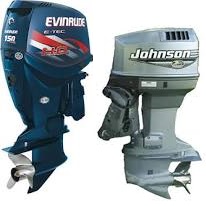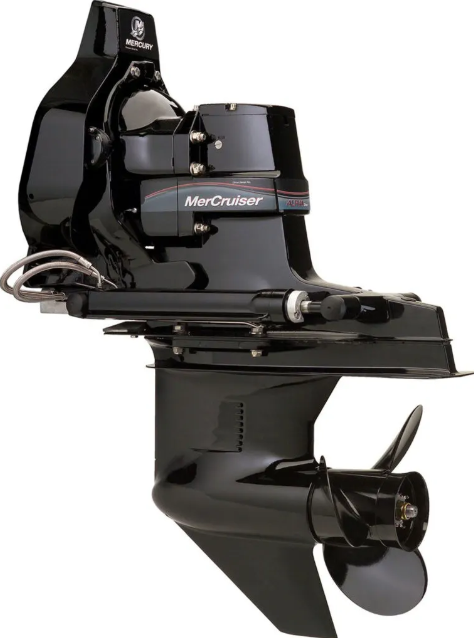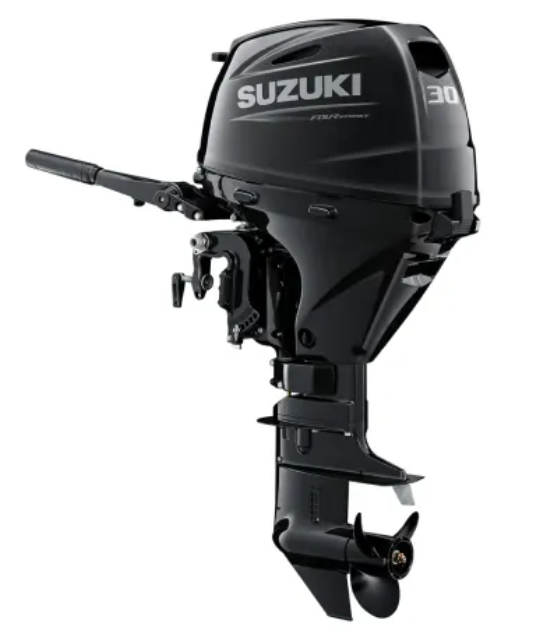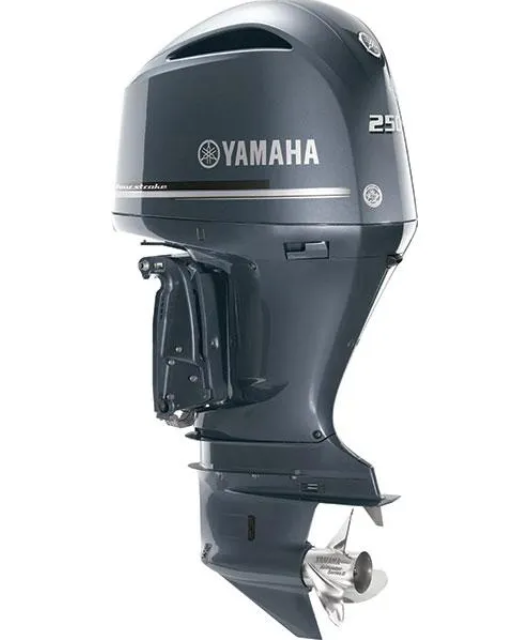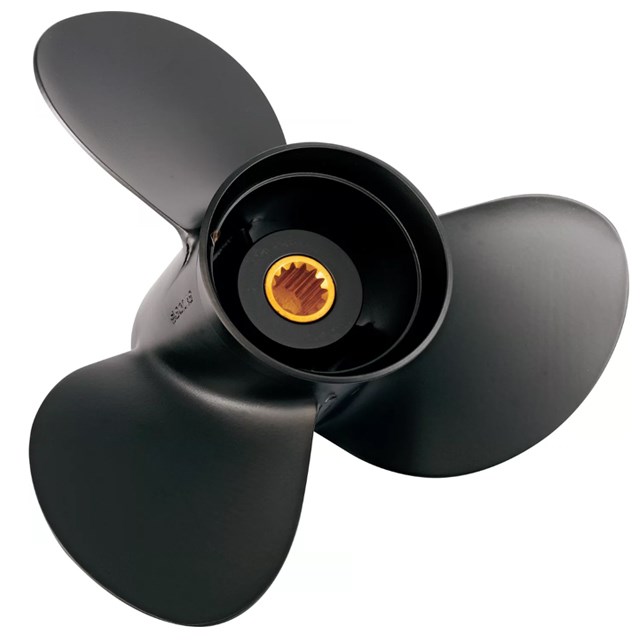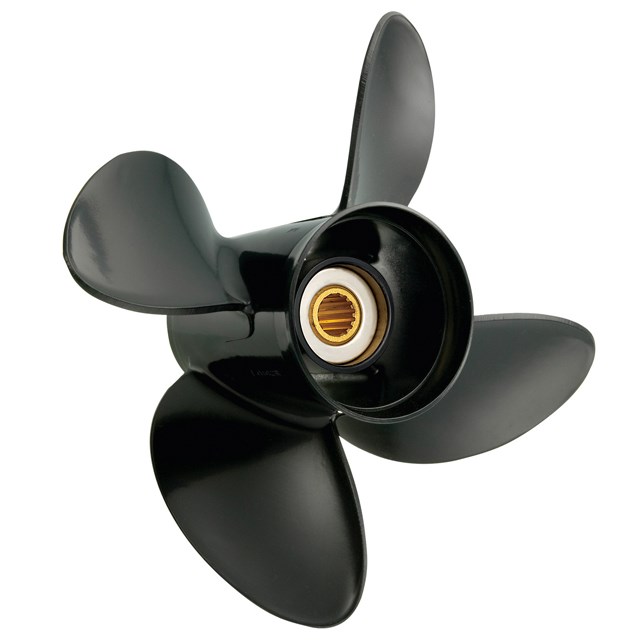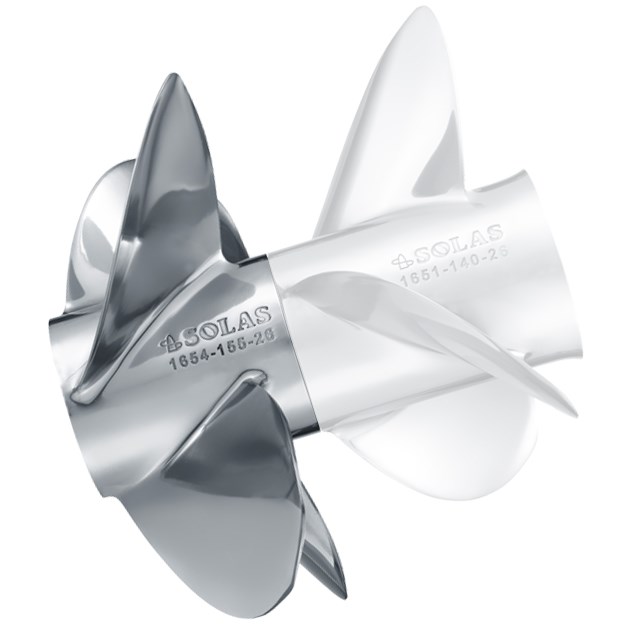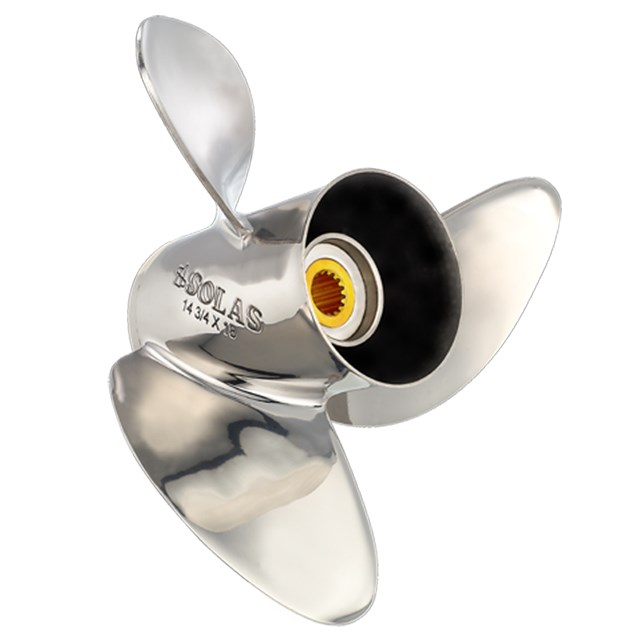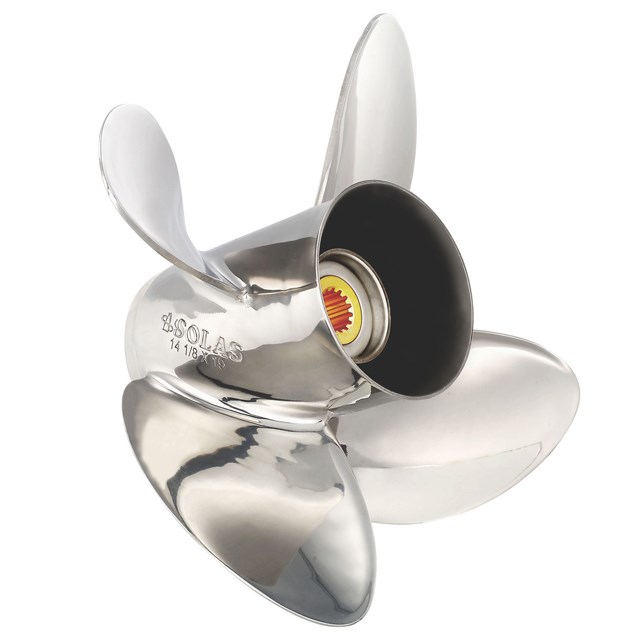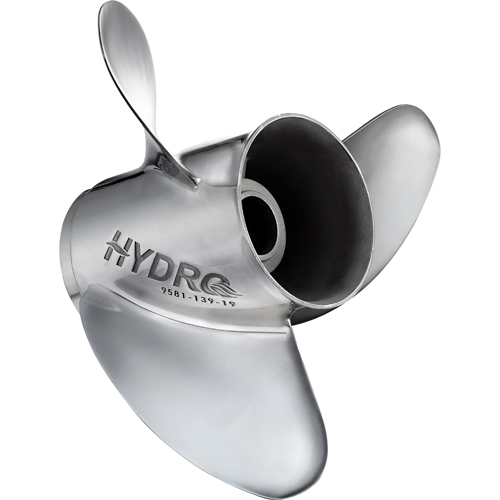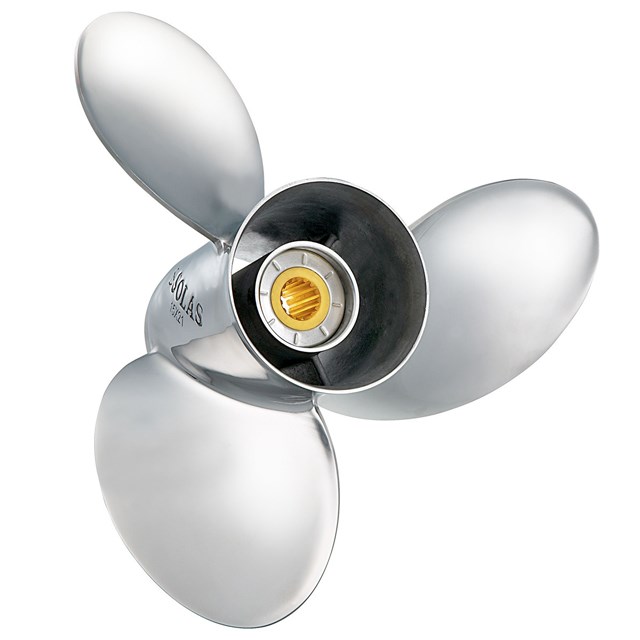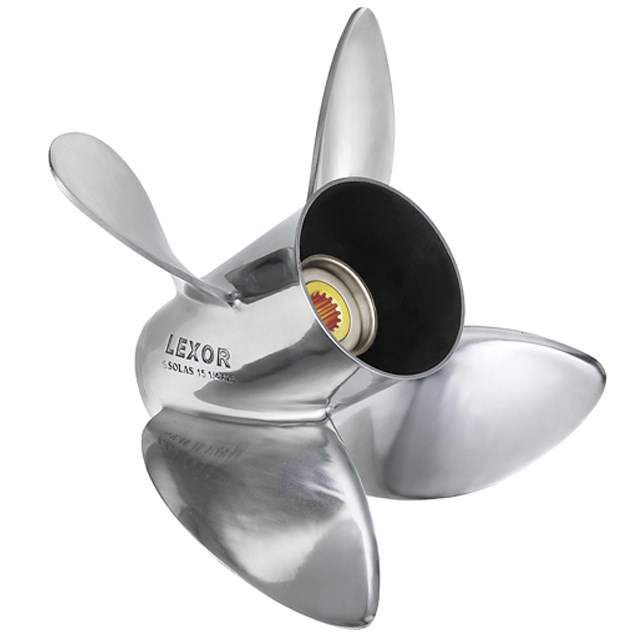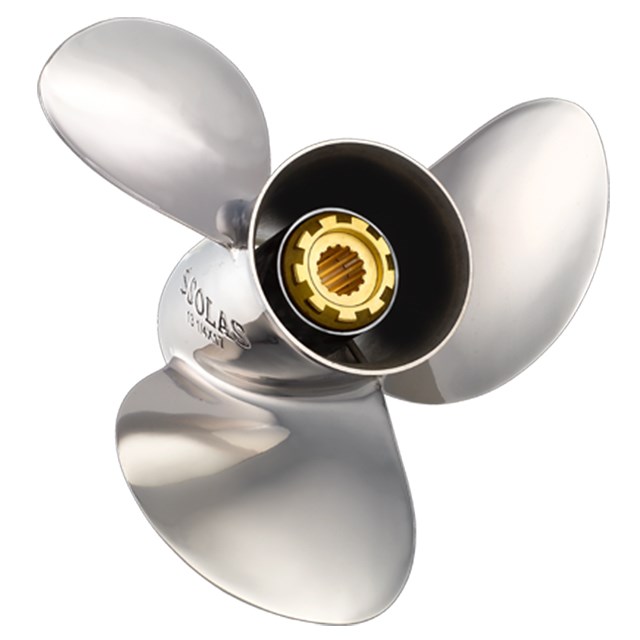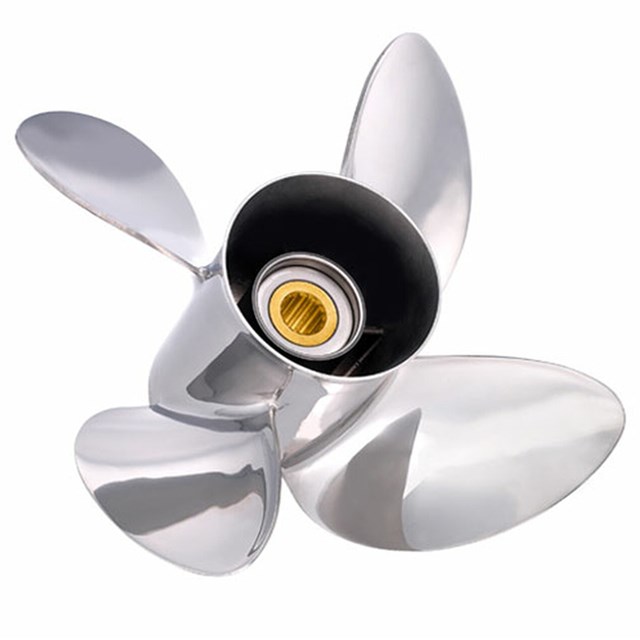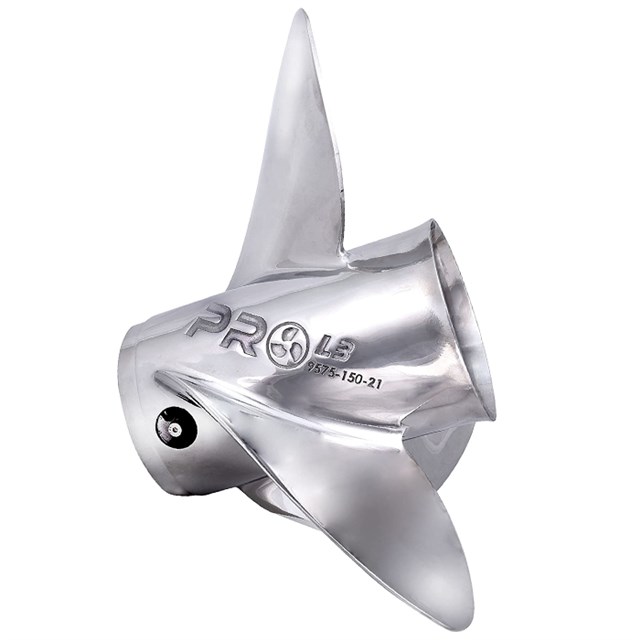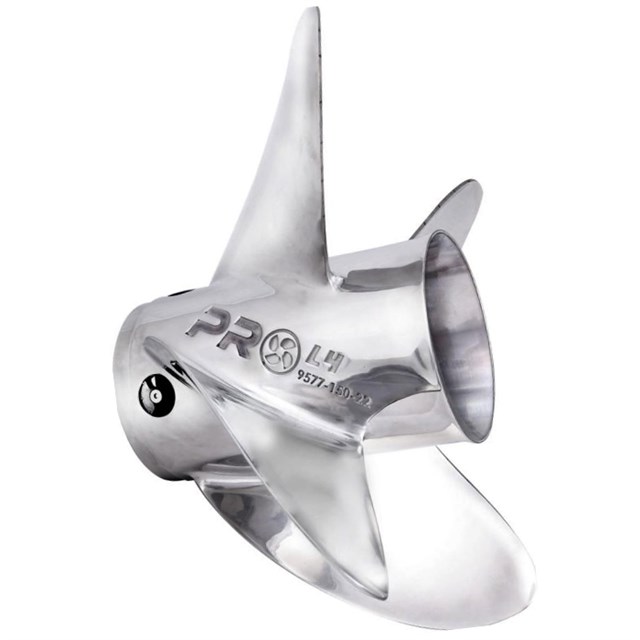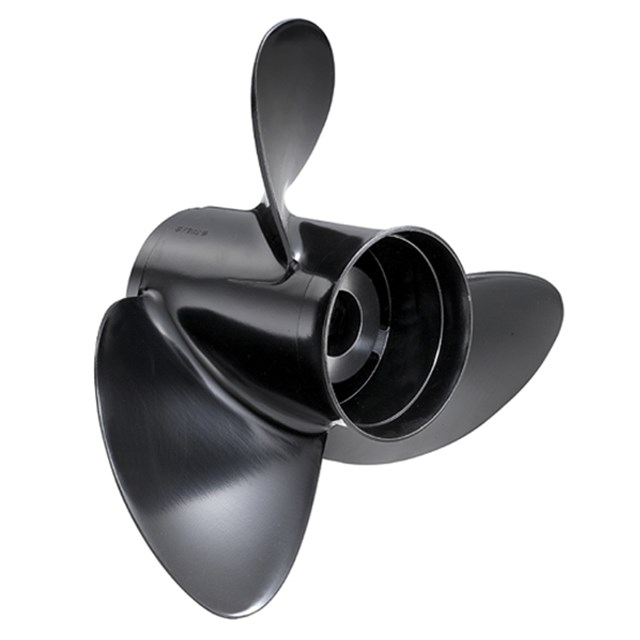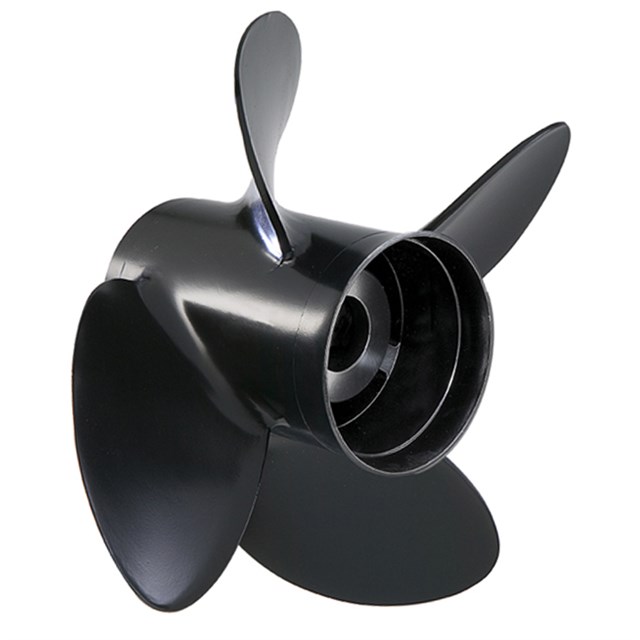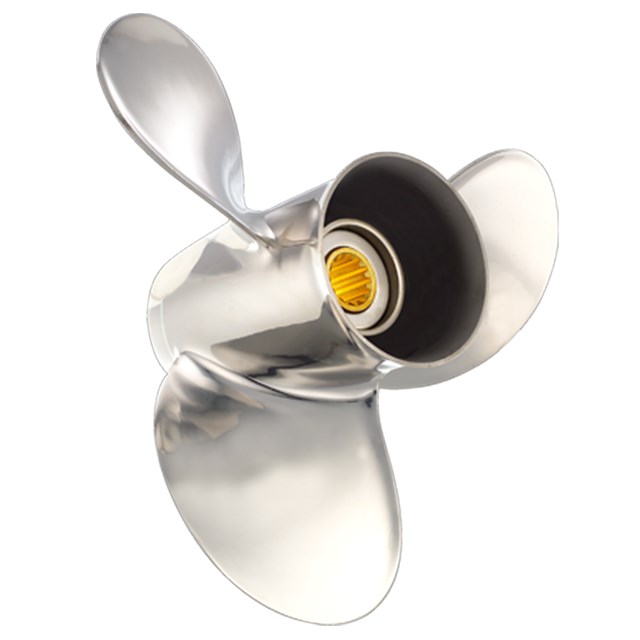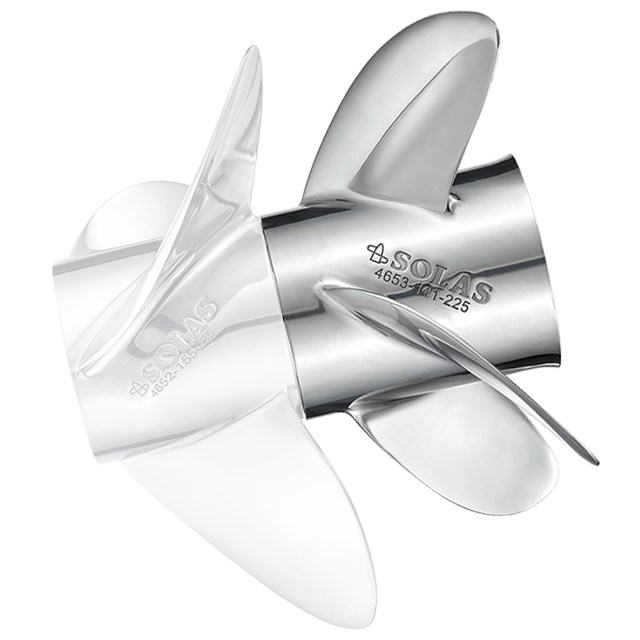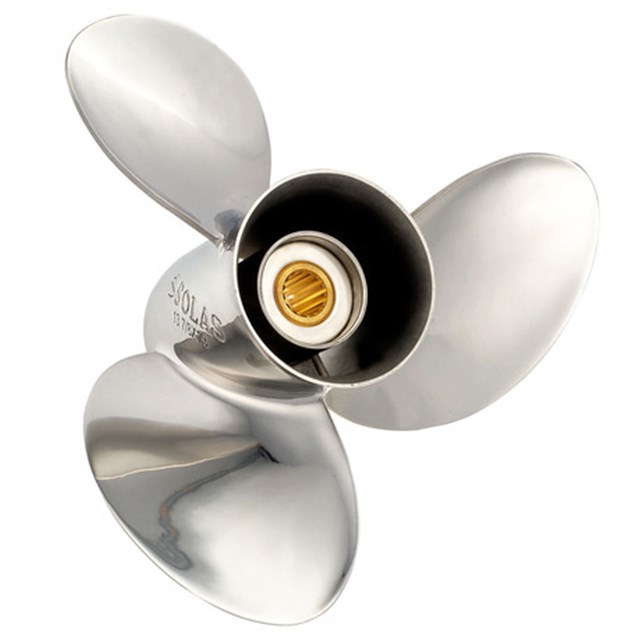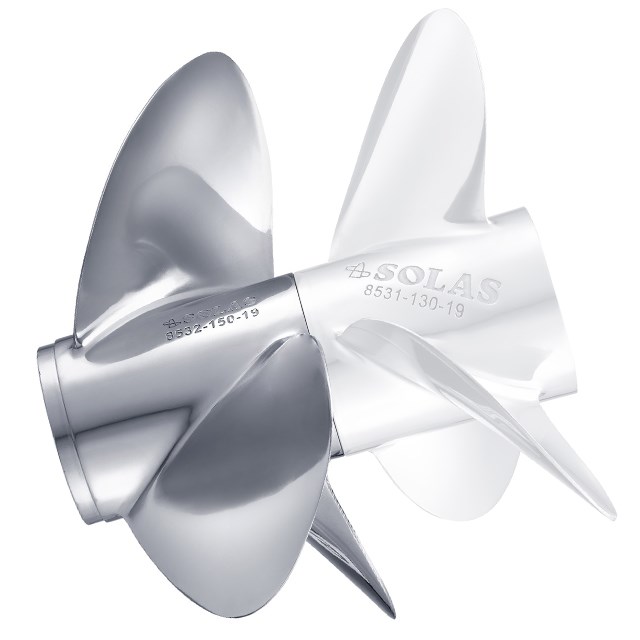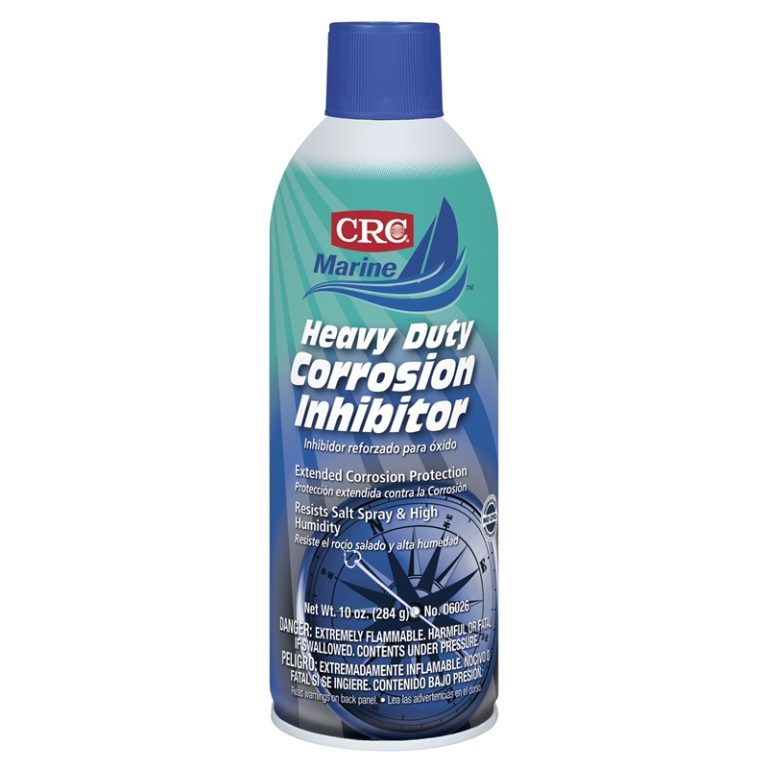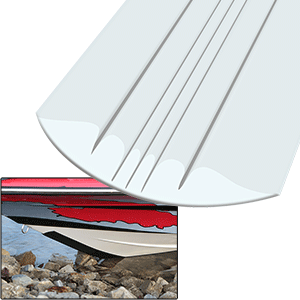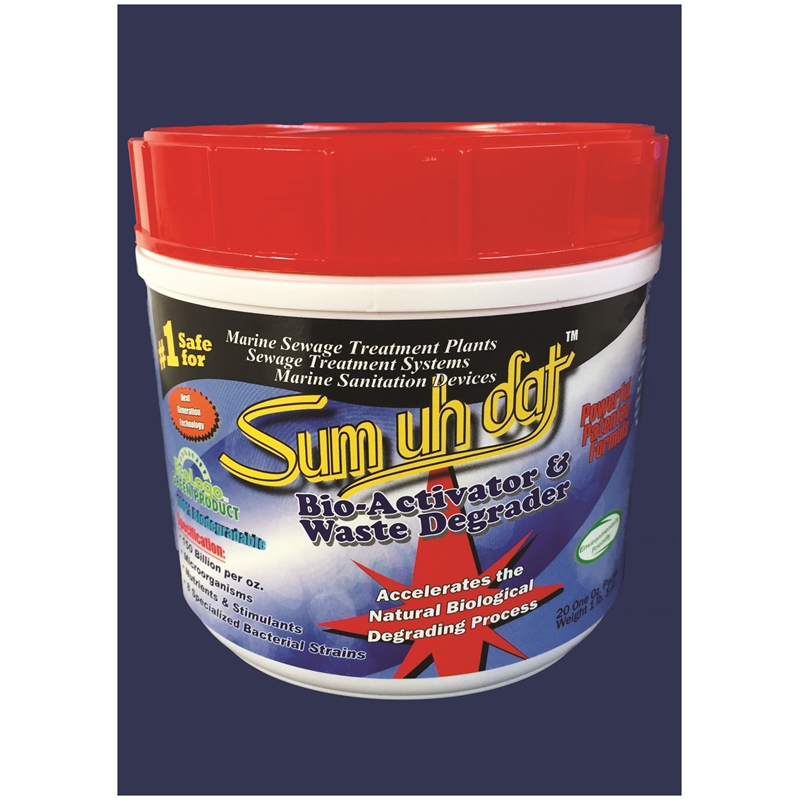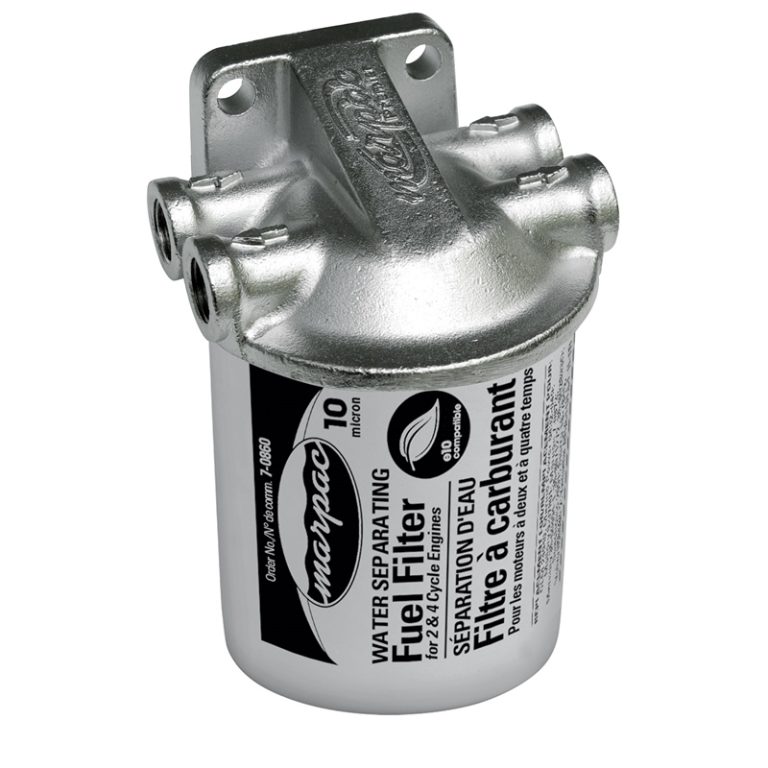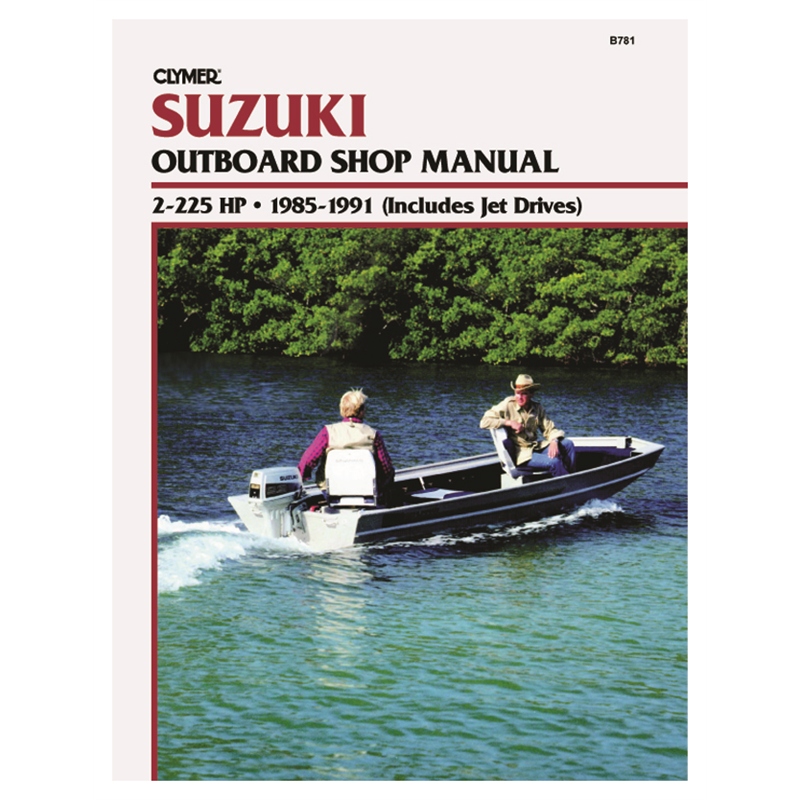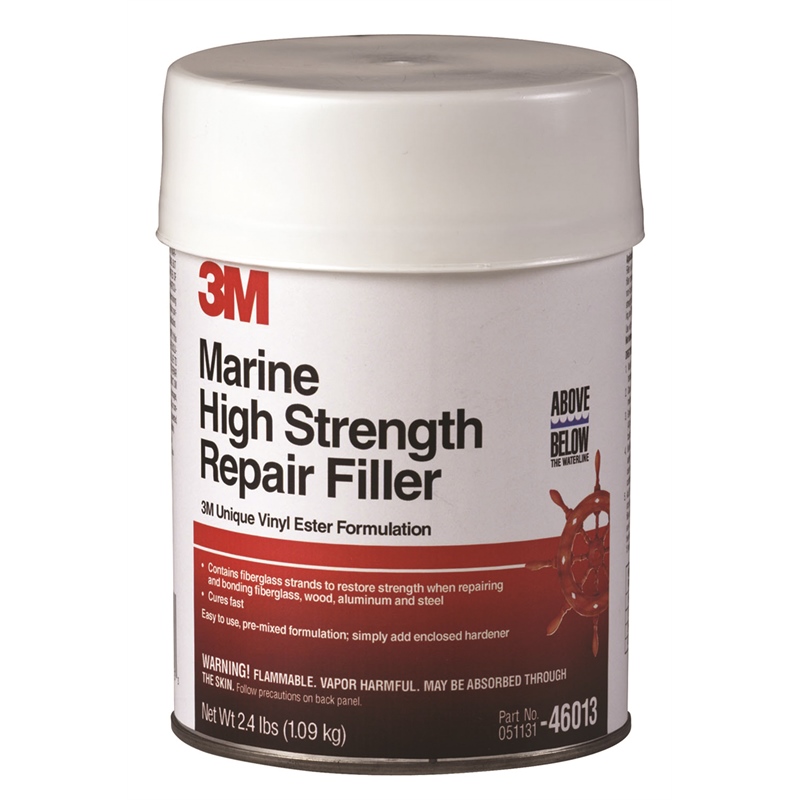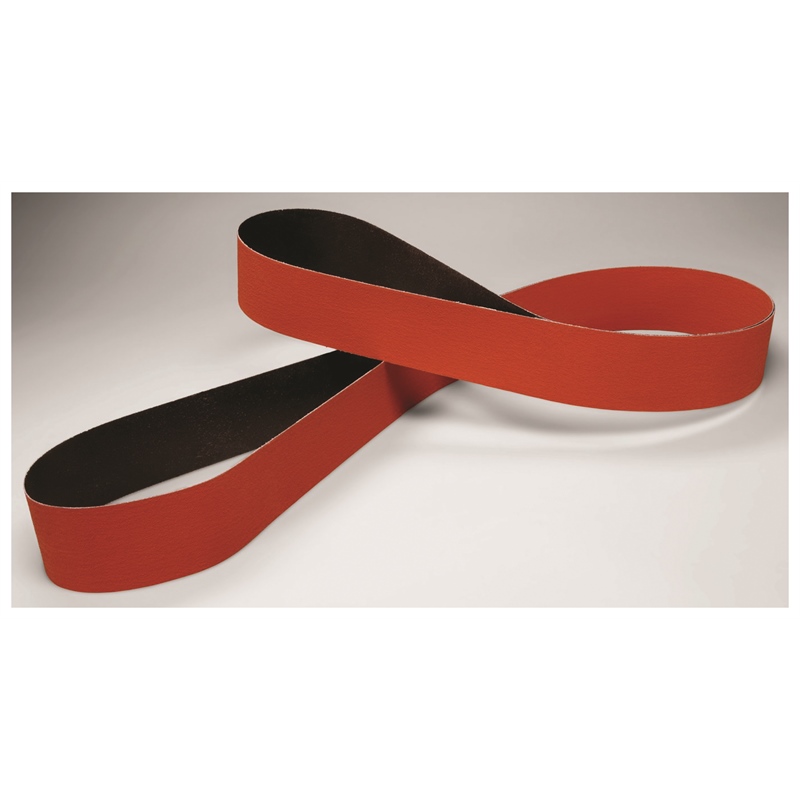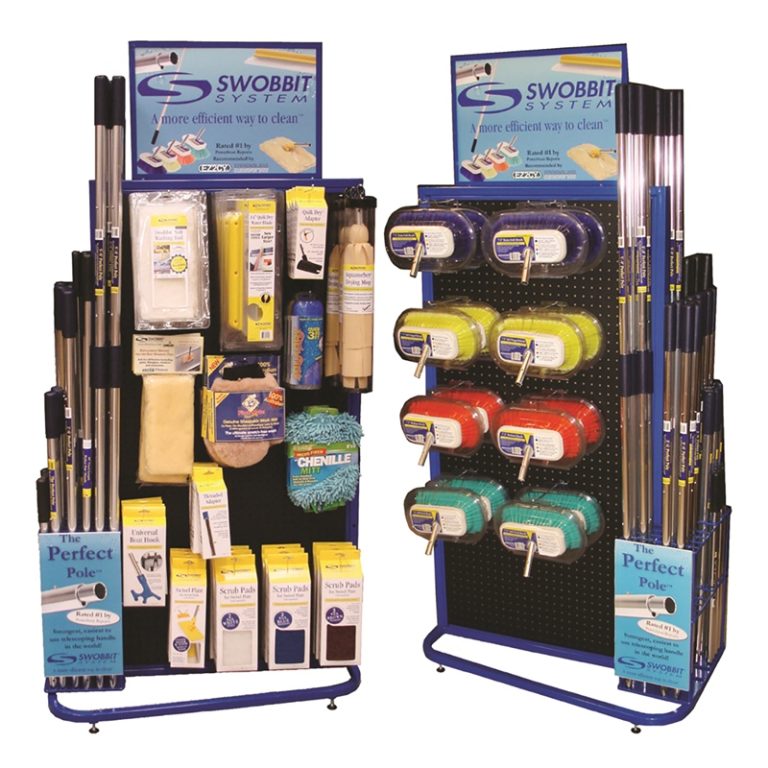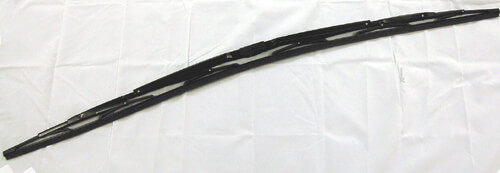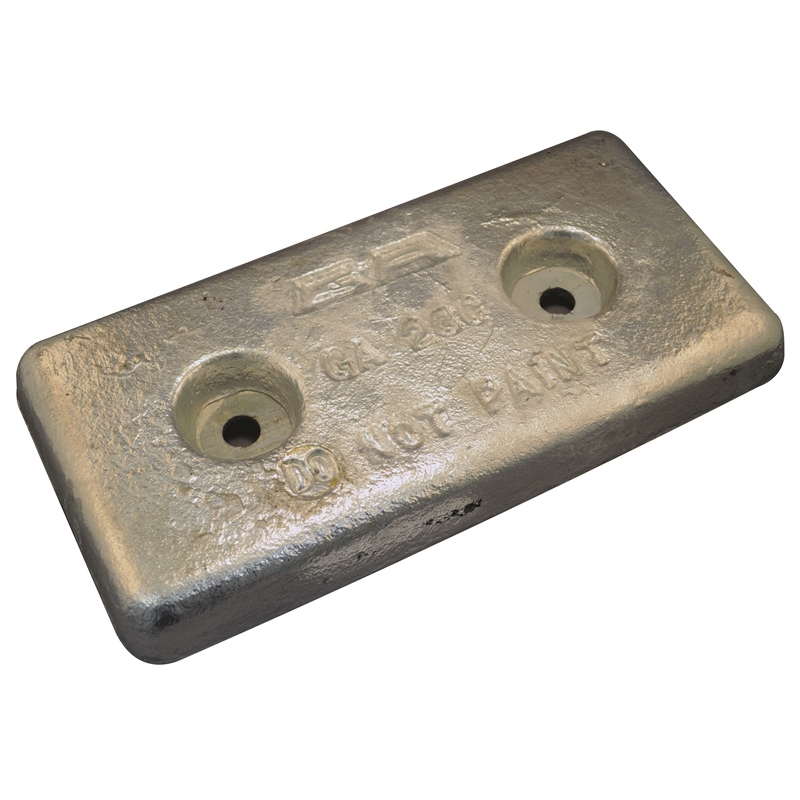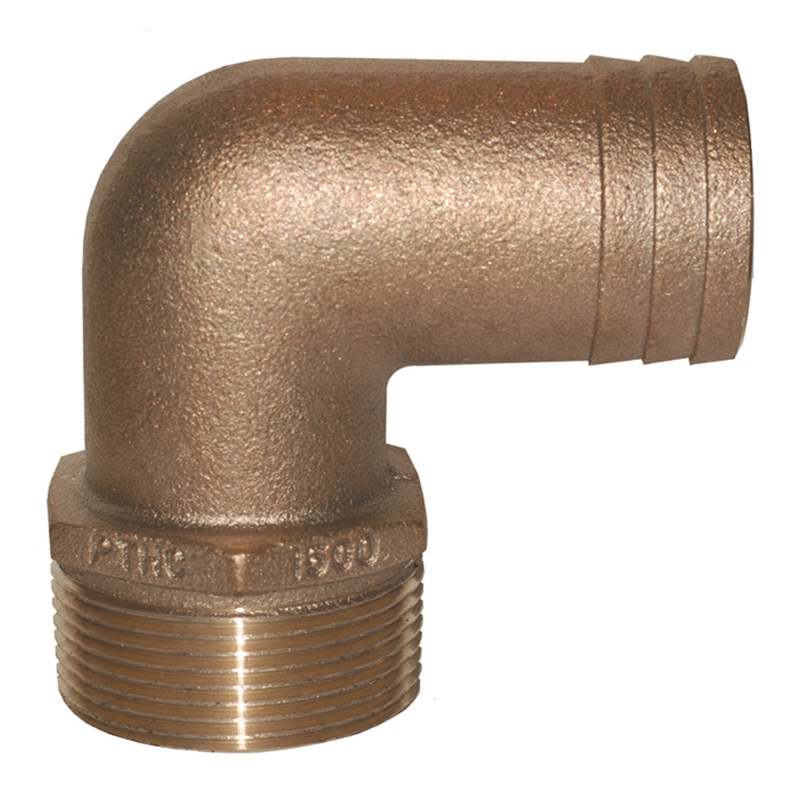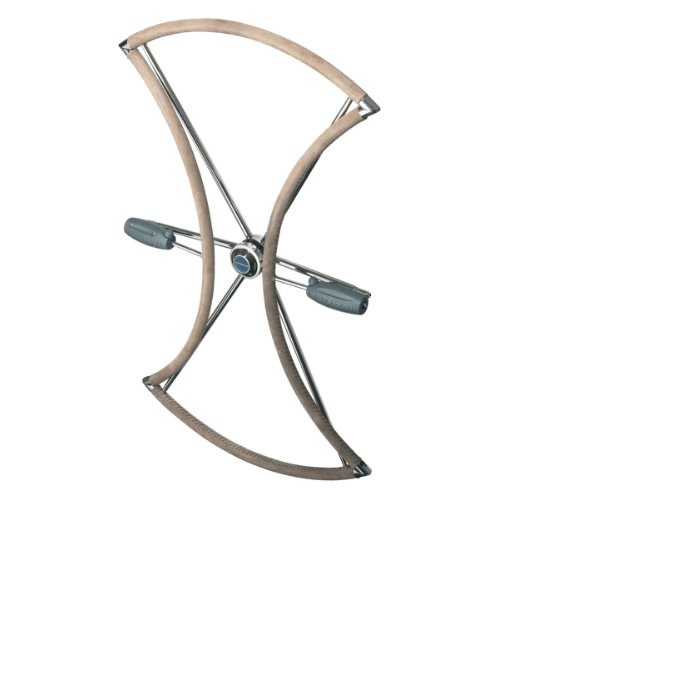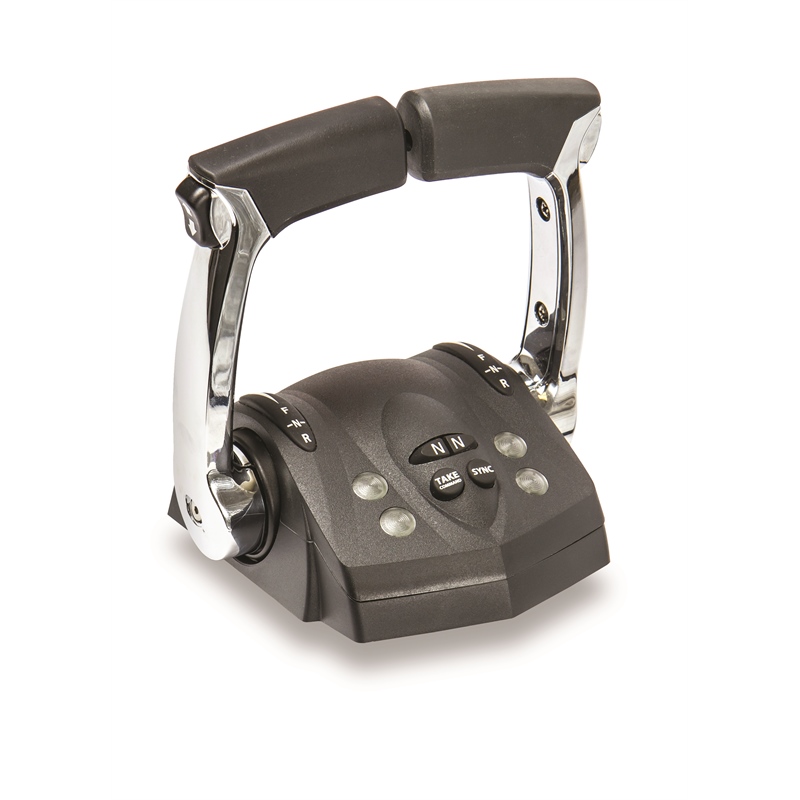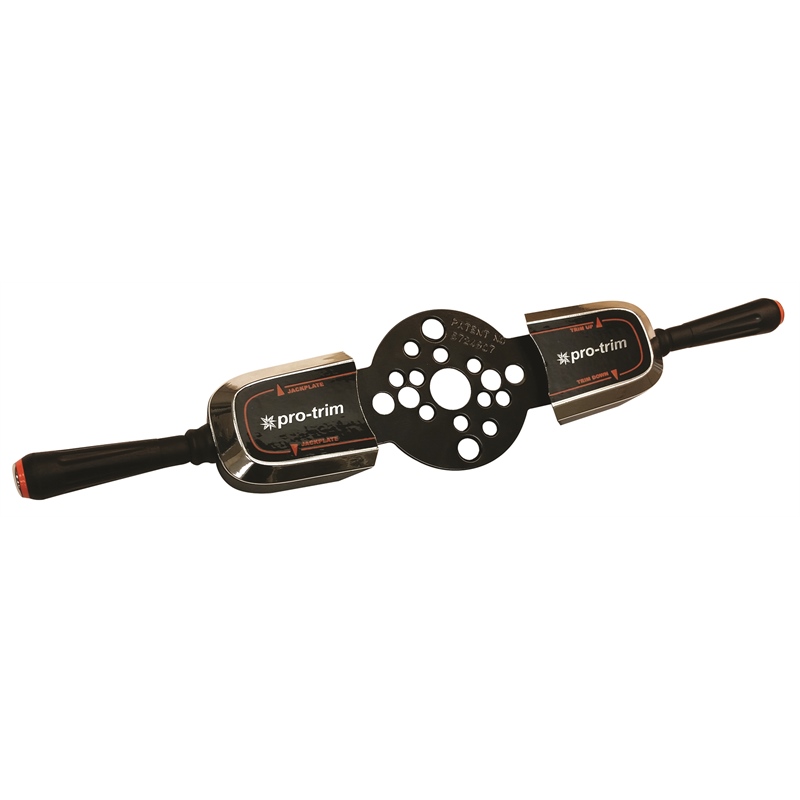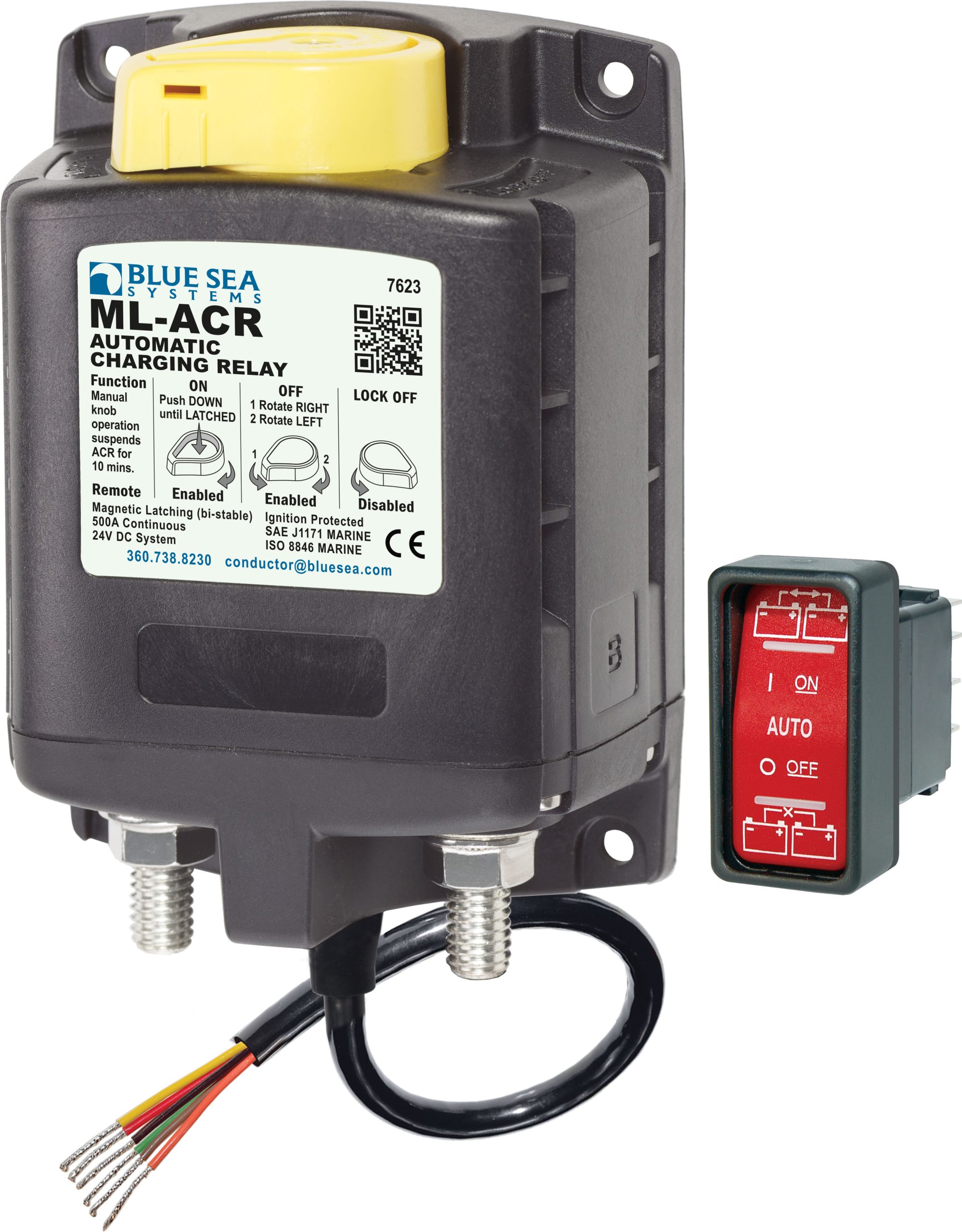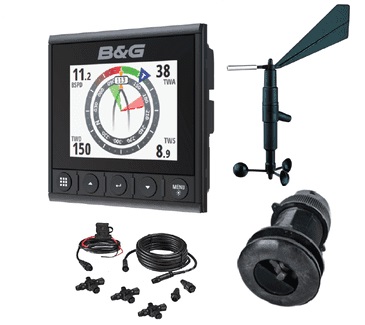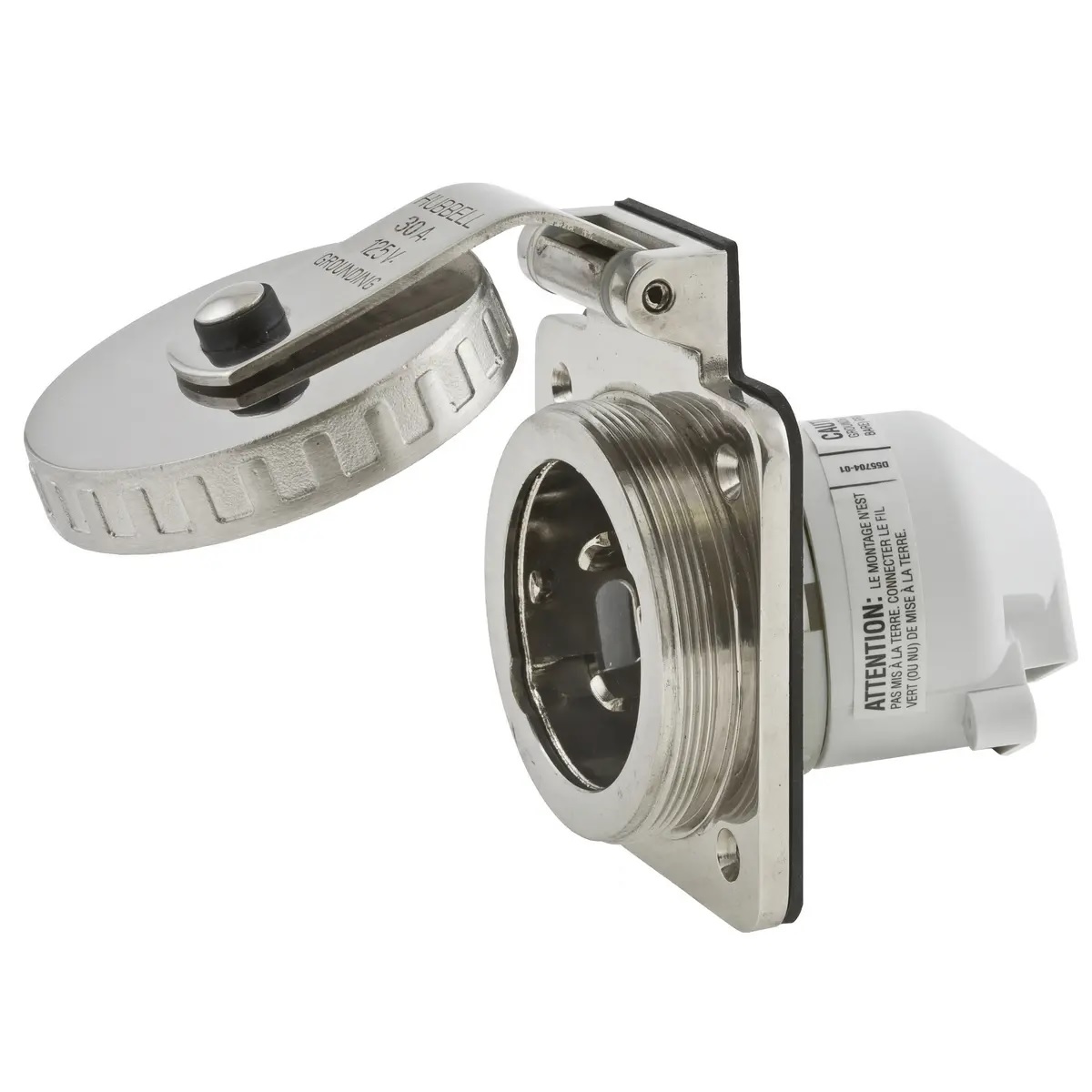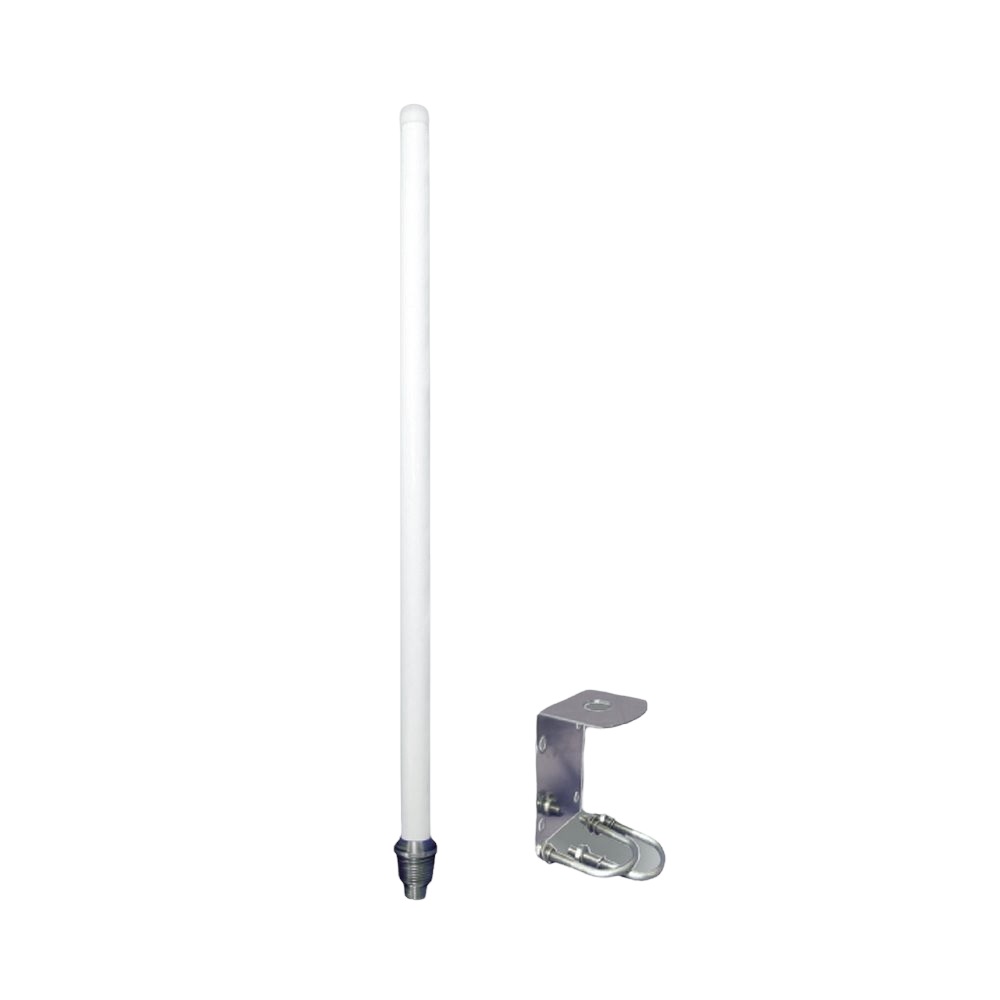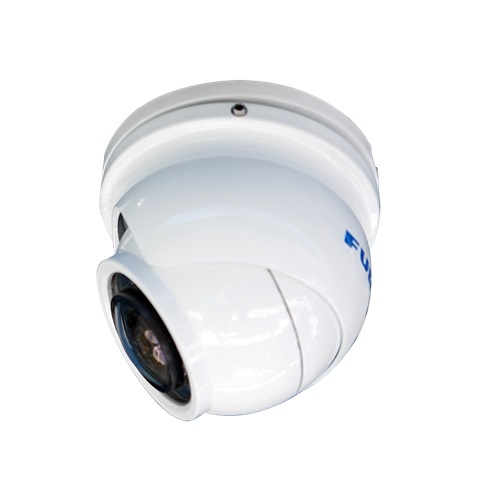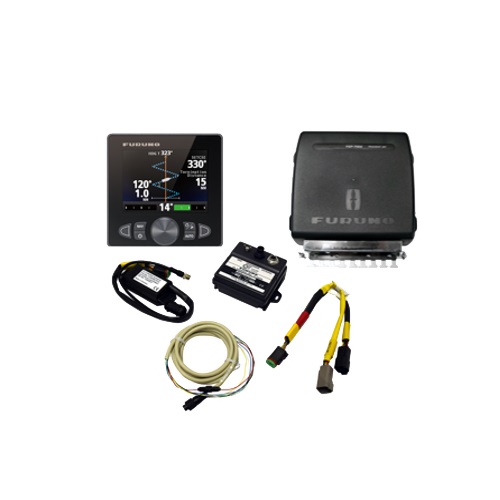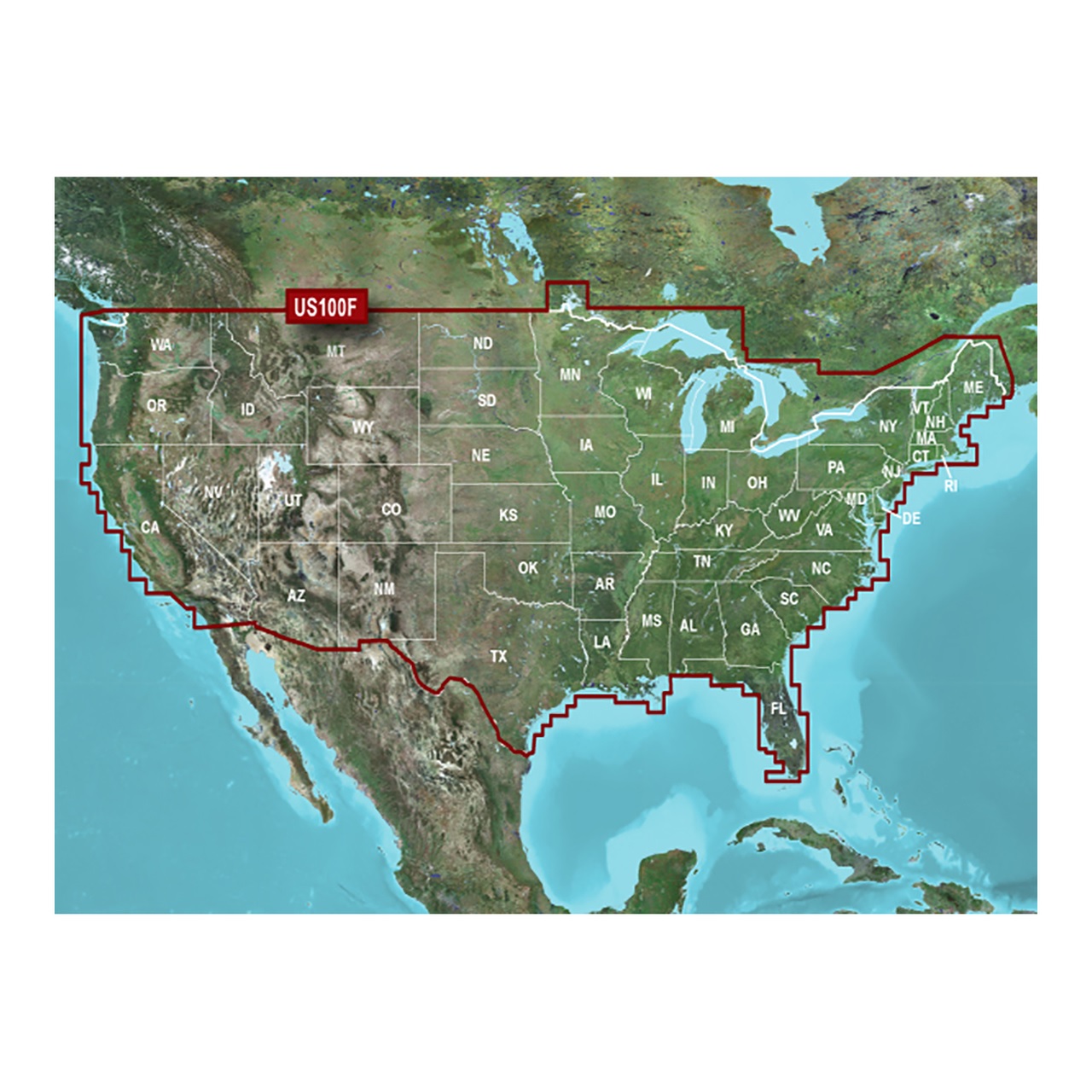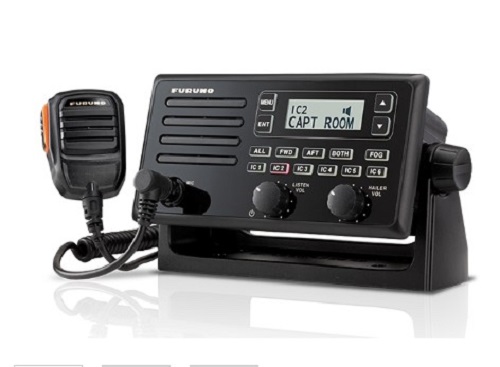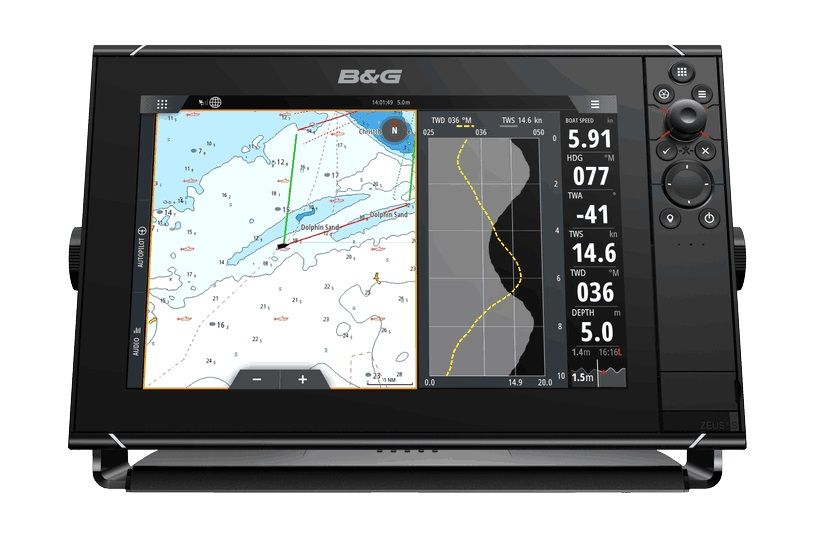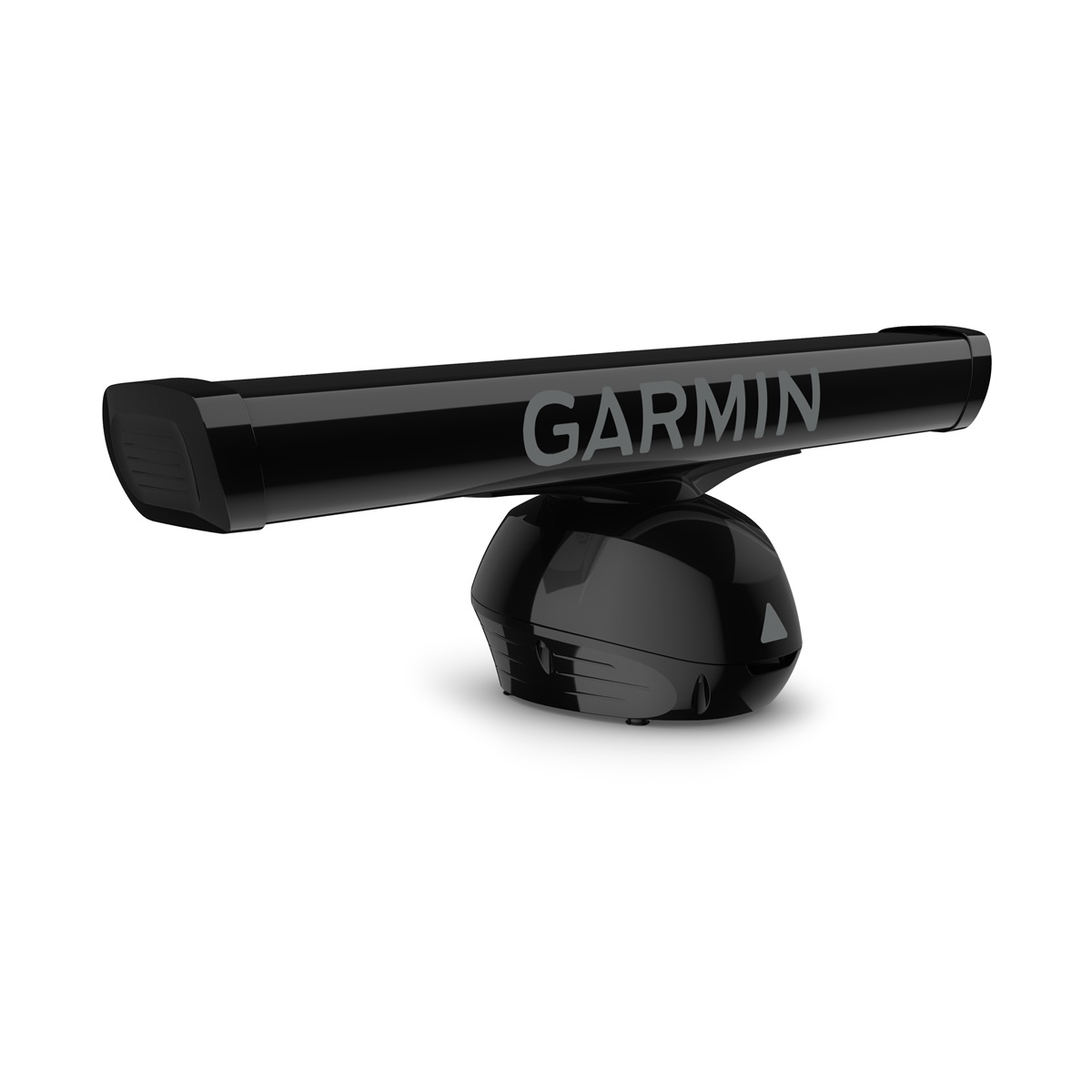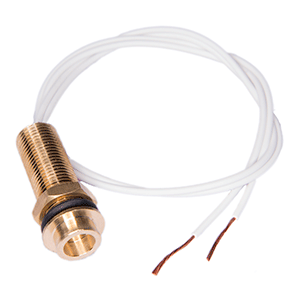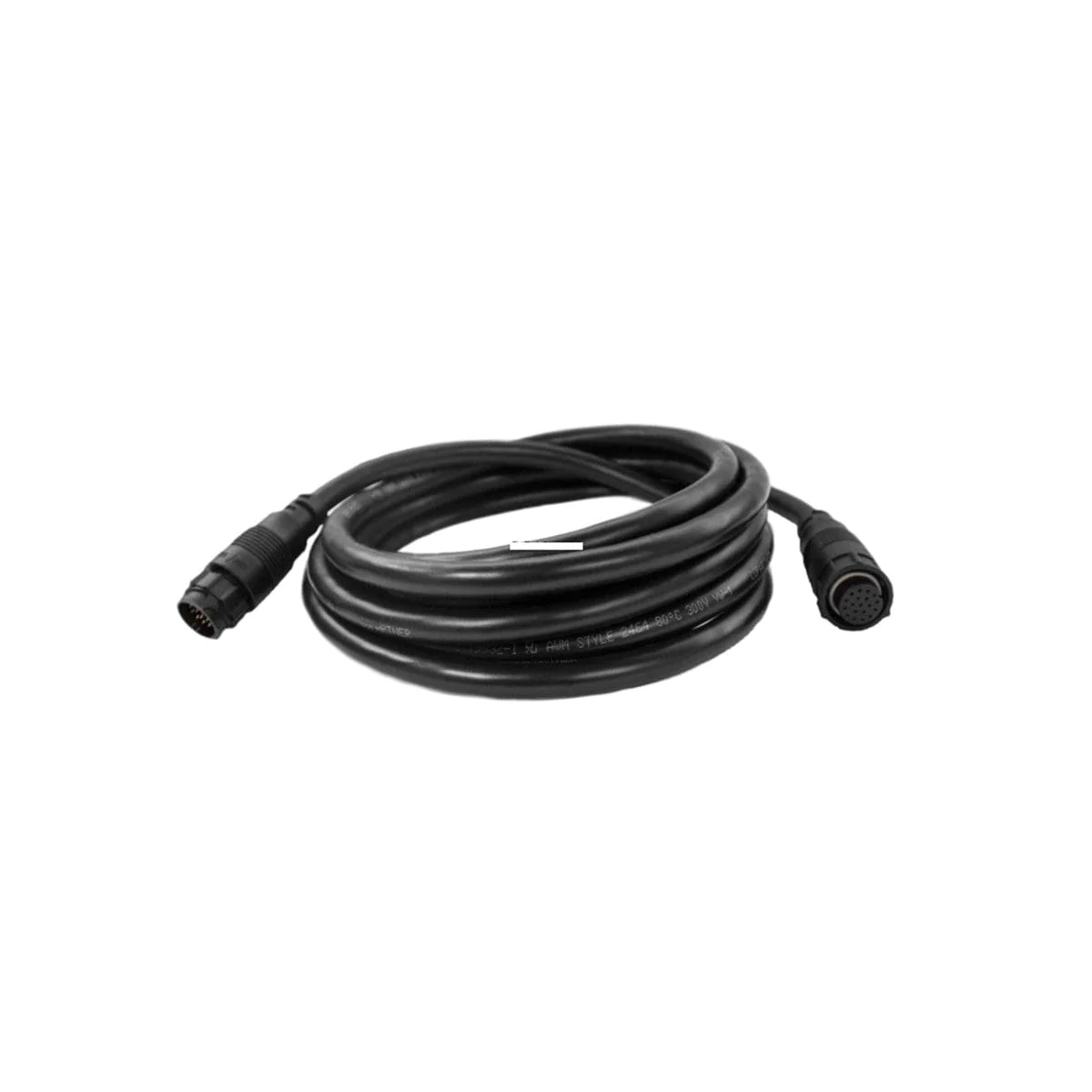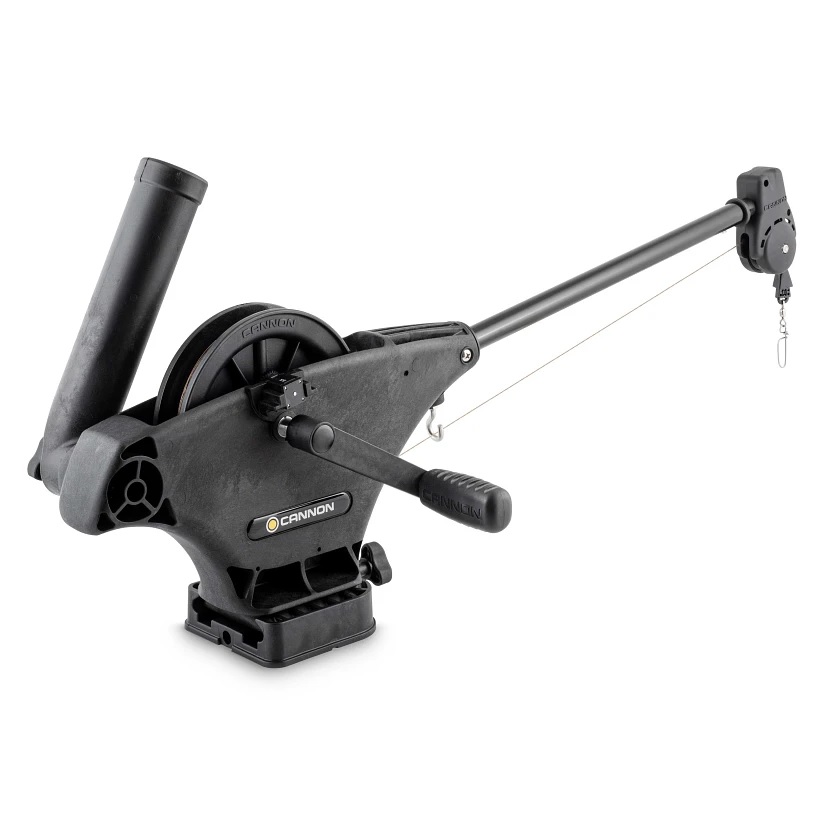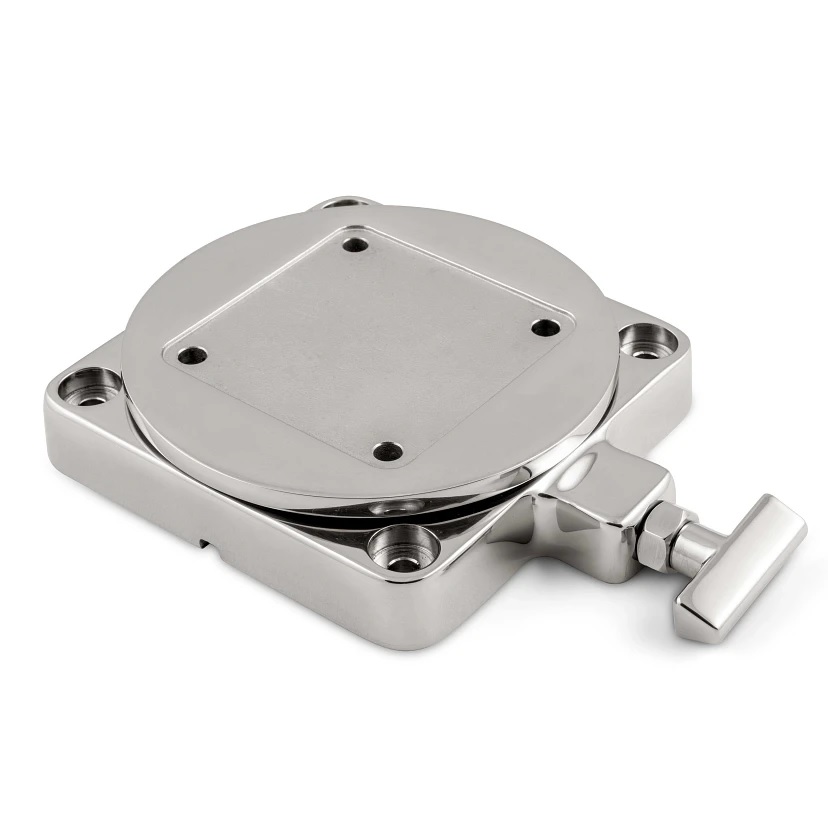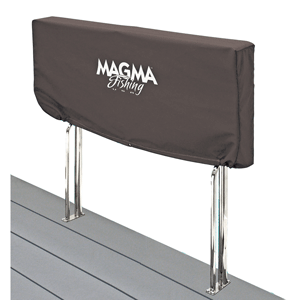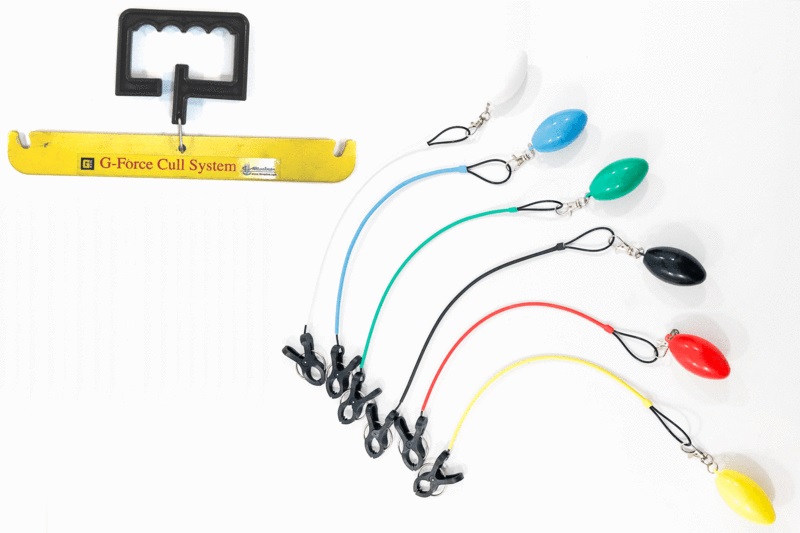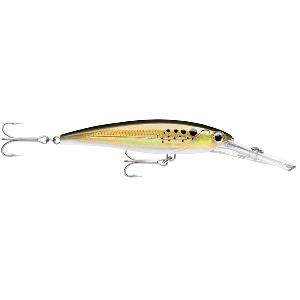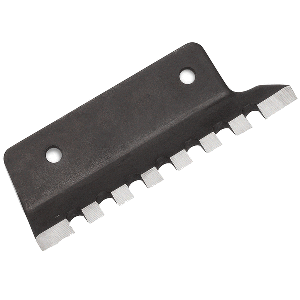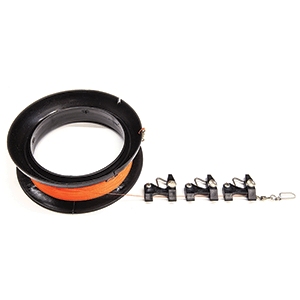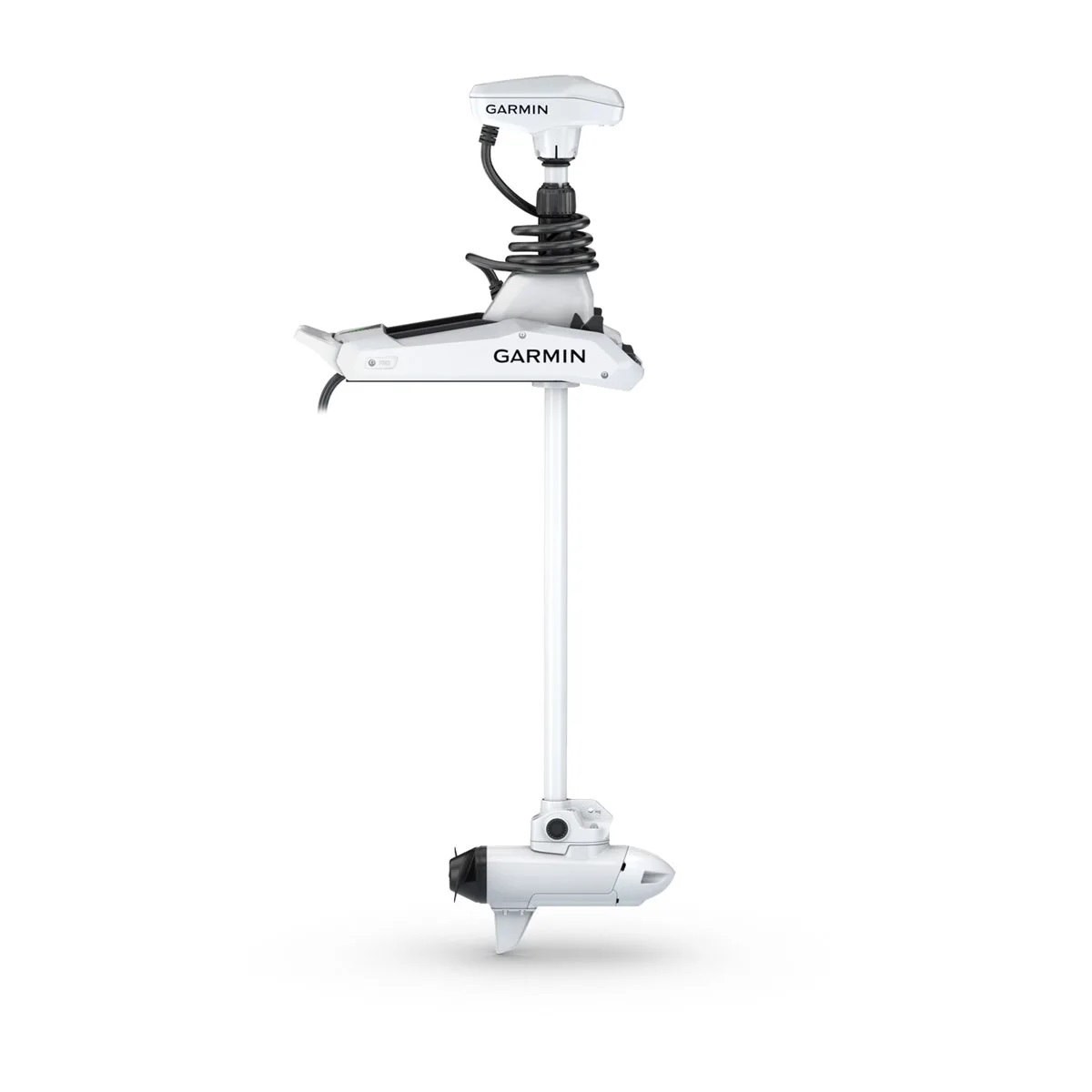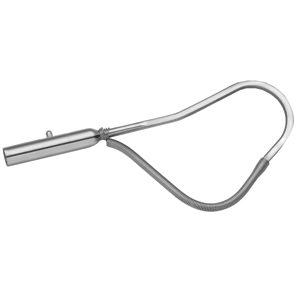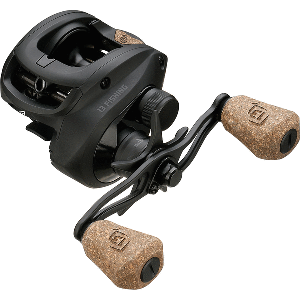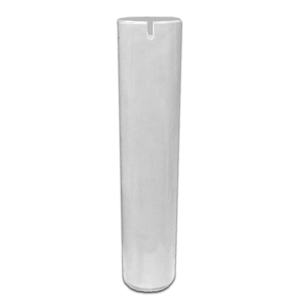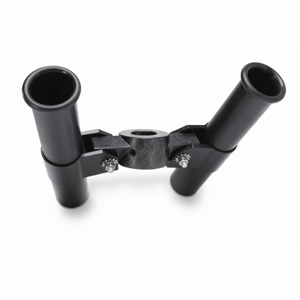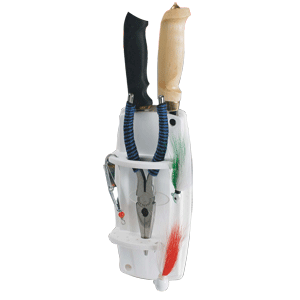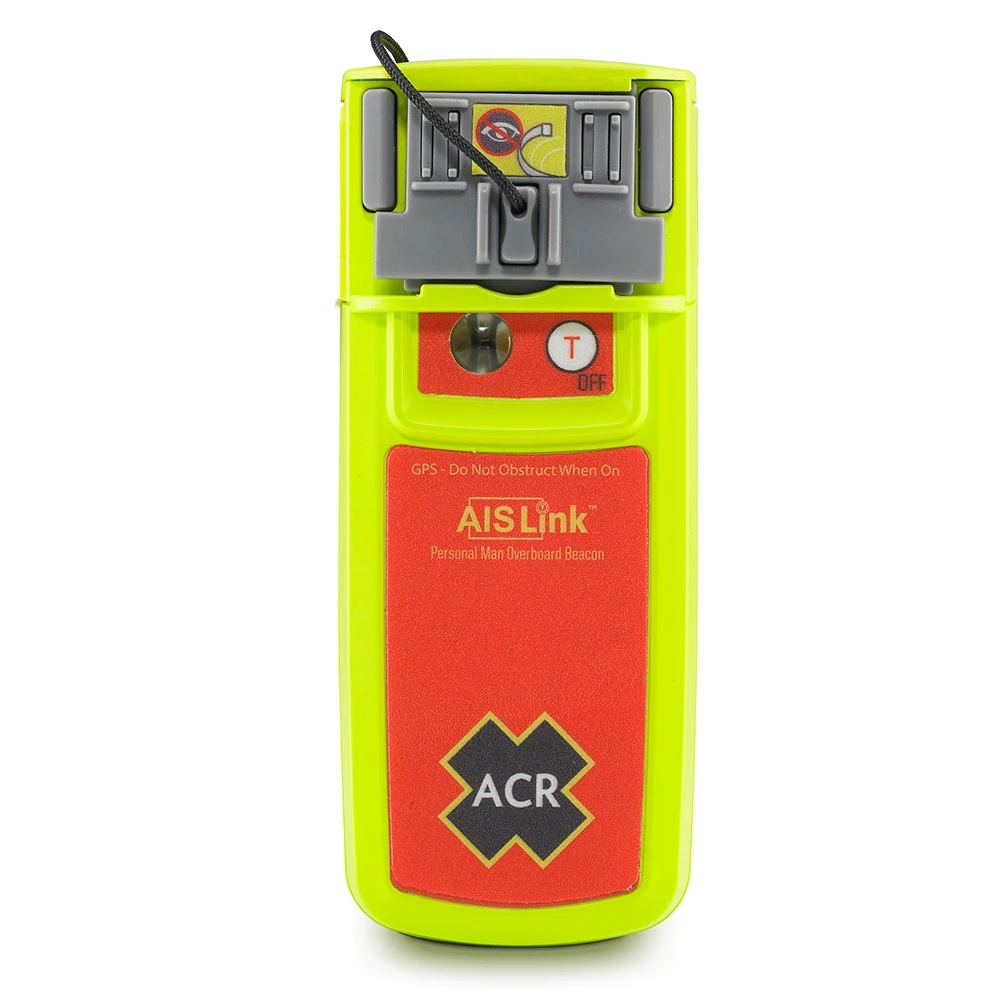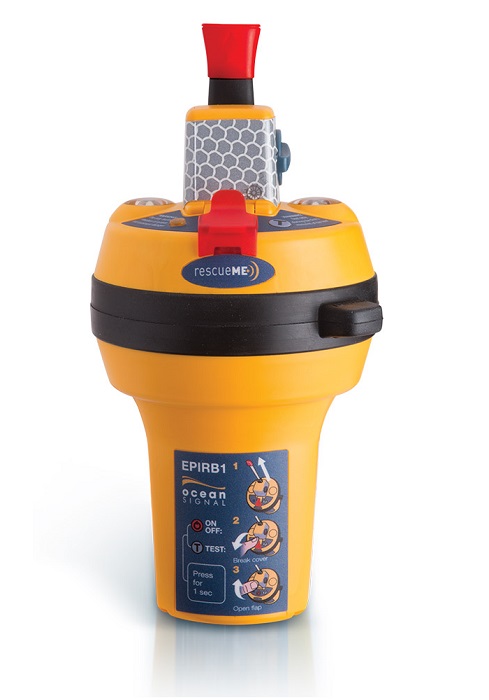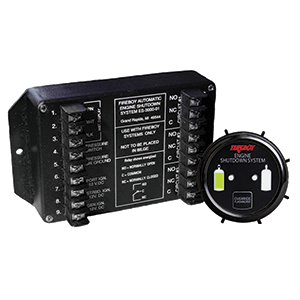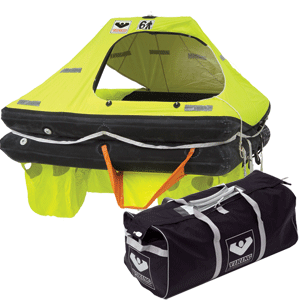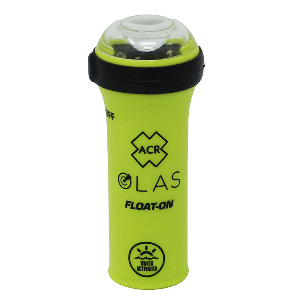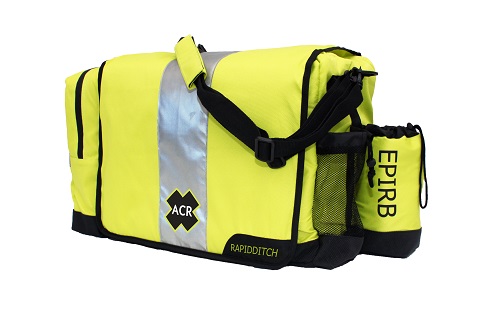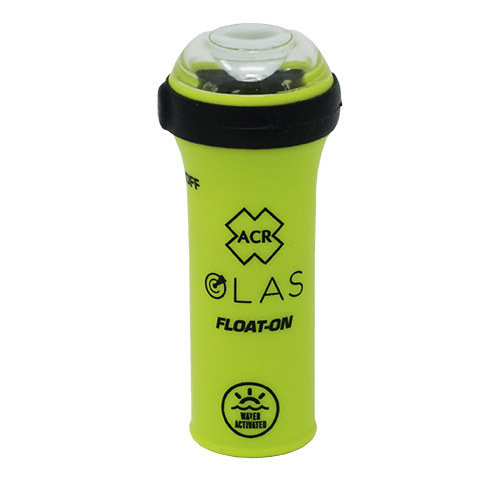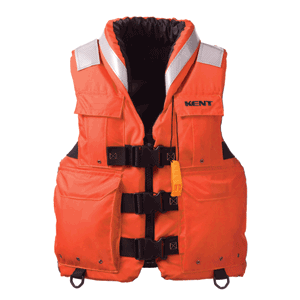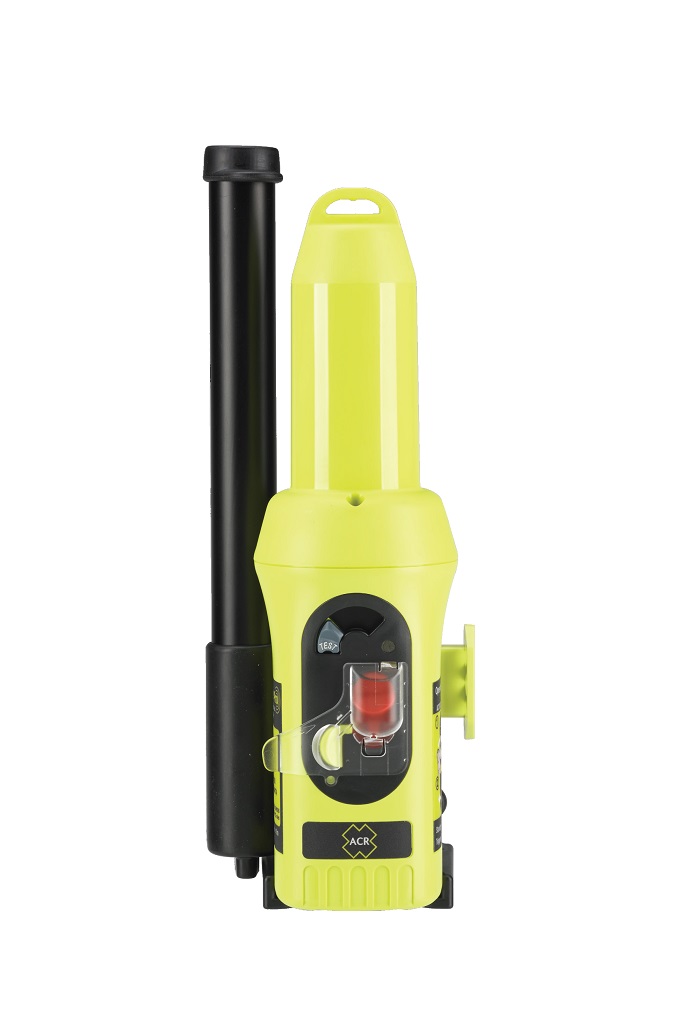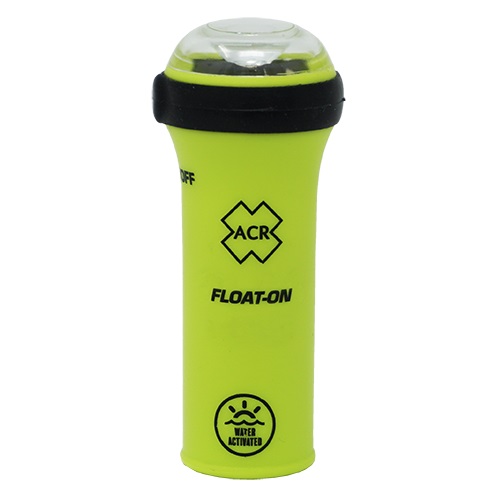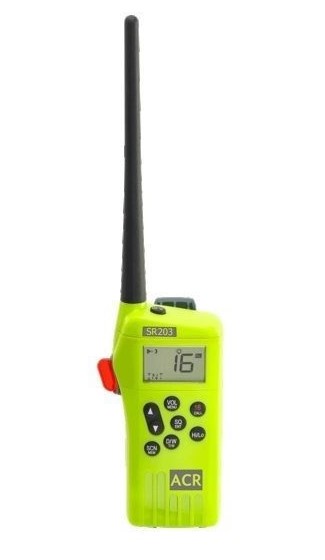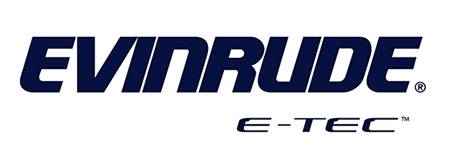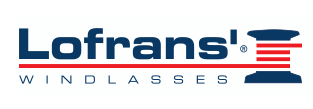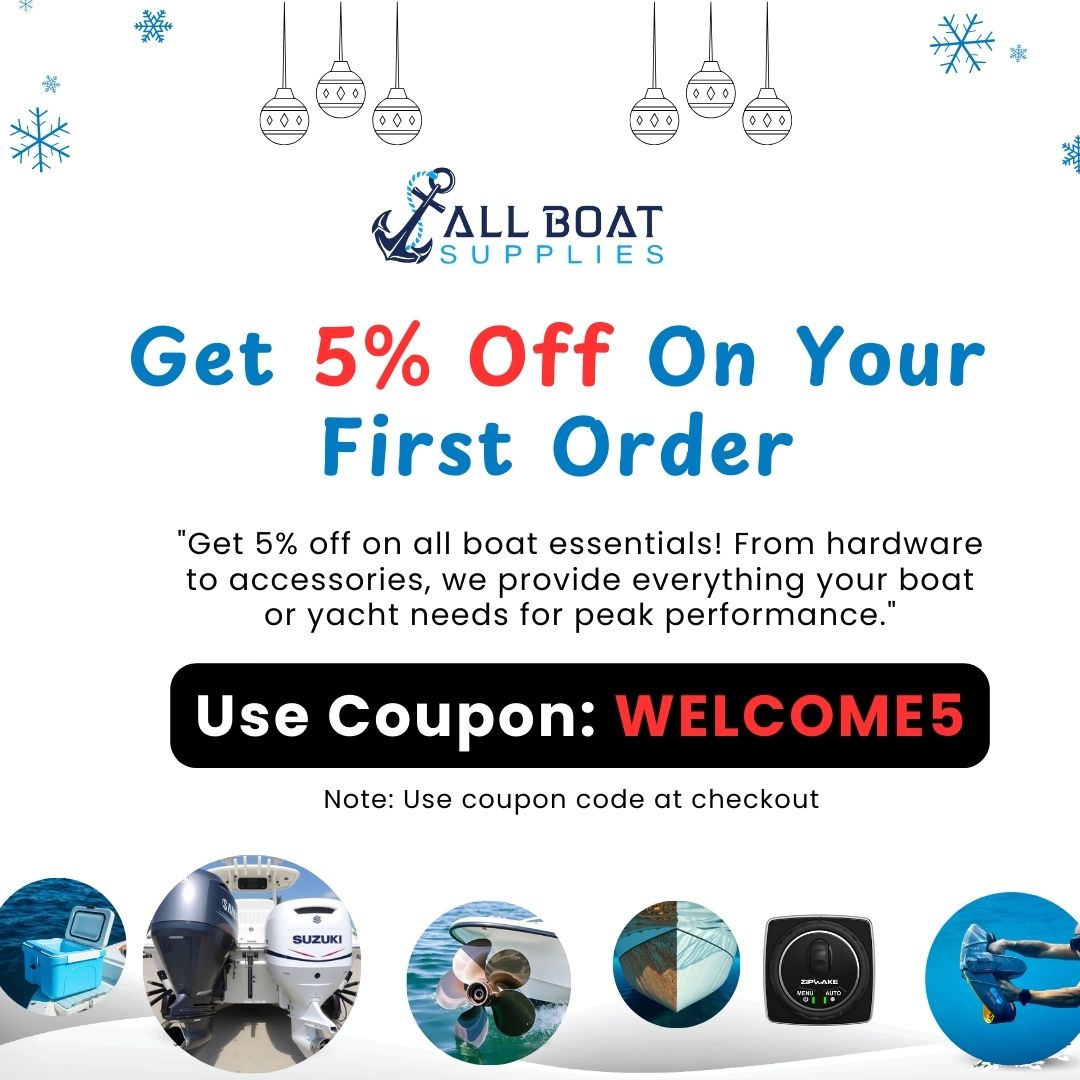Speed Tests: Yamaha F225 OEM vs aftermarket lower units
Introduction
In this guide we will leanr about Yamaha F225 OEM vs aftermarket lower units. When it comes to optimizing outboard motor performance, boaters are often faced with a crucial decision—Yamaha F225 OEM vs aftermarket lower units. These essential drivetrain components significantly impact your speed, handling, fuel efficiency, and overall boating experience. Whether you’re an offshore angler or a weekend cruiser, knowing how different lower units perform under real-world conditions is key to making an informed decision.
This comprehensive guide delves deep into head-to-head real-world speed tests between OEM and aftermarket options for the Yamaha F225, providing valuable data, expert insights, and buying advice. We’ll cover everything from speed trials, cost analysis, and performance metrics to maintenance tips and long-term durability.
Overview: What Is a Lower Unit on a Yamaha F225?
The lower unit, sometimes referred to as the “gearcase,” is the submerged portion of your outboard motor that houses gears, the driveshaft, and the propeller shaft. In the case of the Yamaha F225, this unit plays a critical role in translating engine power into thrust. OEM units are designed and manufactured by Yamaha, while aftermarket versions are produced by third-party companies like SEI Marine, GLM, and others.
Lower units must endure high torque, variable loads, and corrosion from saltwater. Therefore, choosing between an OEM and an aftermarket unit involves assessing not just price, but real-world performance, longevity, and ease of maintenance.
Real-World Speed Test Results: OEM vs Aftermarket
We conducted a series of speed tests using identical boats powered by the Yamaha F225. One boat used an OEM lower unit, and the other was equipped with a top-rated SEI aftermarket lower unit.
- Test Boat: 22’ center console fiberglass hull
- Conditions: Calm seas, low wind (5 knots), full fuel tank, single operator
- Propeller: 15.25″ x 19″ stainless steel, Yamaha brand
Speed Comparison:
| RPM | OEM Unit (mph) | Aftermarket Unit (mph) |
|---|---|---|
| 3000 | 23.5 | 22.8 |
| 4000 | 33.1 | 32.5 |
| 5000 | 42.3 | 41.7 |
| WOT (5800) | 47.6 | 46.9 |
While OEM lower units offer slightly better top-end speed, the difference was marginal—only 0.7 mph at WOT. For most users, aftermarket units perform well within acceptable tolerances.
Best Yamaha F225 Lower Unit Options for Durability and Performance
When choosing a lower unit, it’s vital to consider your typical use case—saltwater vs freshwater, recreational cruising vs offshore angling, and how often you run at wide-open throttle.
- OEM Yamaha F225 Lower Unit – Precision-manufactured with exact tolerances, excellent for warranty protection and resale value.
- SEI 90-416 – Cost-effective and reliable. Excellent aftermarket choice for 150–200HP models, including the F225.
- Remanufactured OEM Units – Blend of performance and affordability. Ideal for experienced boaters.
In terms of durability, both OEM and top-tier aftermarket units like SEI have proven corrosion resistance and solid gear integration.
How to Install a Yamaha F225 Aftermarket Lower Unit
Installing a replacement lower unit is a technical process but doable with the right tools and guidance:
- Place motor in neutral gear and disconnect the battery.
- Remove the lower unit bolts and gently slide off the old unit.
- Install the new gasket and align the shift shaft and driveshaft.
- Reinstall bolts with marine-grade thread lock and torque to specifications.
- Test gear shifting and check for water pump alignment.
Tip: Always refer to your Yamaha F225 service manual or hire a certified marine mechanic for proper fitment.
Maintenance Tips
To extend the life of your Yamaha F225 lower unit—OEM or aftermarket—regular maintenance is crucial.
- Change gear lube every 100 hours or annually.
- Inspect for metal shavings on magnetic drain plugs.
- Flush your engine with fresh water after each use in saltwater.
- Grease all fittings including the propeller shaft and shift rod.
- Inspect the water pump impeller every season.
Proactive care reduces wear and helps detect early signs of damage like propeller shaft play or gear noise.
Troubleshooting Common Lower Unit Problems
If your Yamaha F225 is experiencing performance issues, it might stem from a lower unit problem. Here are common signs:
- Slipping gears: May indicate worn clutch dog or forward gear.
- Water in gear oil: Suggests a bad prop shaft seal or driveshaft seal.
- Vibration at high speed: Could be caused by a bent prop shaft or poor alignment.
- No forward/reverse: Often caused by shift rod misalignment during installation.
Both OEM and aftermarket units can suffer these issues, and regular inspections are your best defense.
Expert Advice and Pro Recommendations
Marine technicians and pro anglers recommend OEM units if you are under warranty or plan to sell your boat soon. The resale value and consistency make them a reliable choice. However, if you’re out of warranty and looking to save money without drastically sacrificing performance, aftermarket lower units like SEI offer excellent value.
Pro Tip: If you boat more than 200 hours annually, stick with OEM. If you’re under 100 hours per season, aftermarket will likely serve you just fine.
Detailed FAQ Section
Is it worth replacing a Yamaha F225 OEM lower unit with an aftermarket one?
Yes, replacing a Yamaha F225 OEM lower unit with an aftermarket one can be worth it depending on your boating usage, budget, and expectations. Aftermarket units like SEI’s are often 40–60% less expensive while delivering close-to-OEM performance. If you’re out of warranty and don’t mind a slight drop in top-end speed, an aftermarket unit can save you hundreds or even thousands of dollars. They also come with warranties of their own, usually 1–3 years, making them a solid investment for weekend boaters.
How long does a Yamaha F225 aftermarket lower unit last?
With proper maintenance, a quality aftermarket lower unit for the Yamaha F225 can last 5–8 years, sometimes longer. Key factors affecting lifespan include how often you run your boat, whether you boat in saltwater, and how well you maintain your gear oil, seals, and propeller. Units from brands like SEI are built using high-grade marine alloys and precision engineering, making them suitable for both recreational and moderate commercial use.
What are the signs that your lower unit needs replacement?
Common signs include metal shavings in the gear lube, milky oil (indicating water intrusion), hard shifting, vibrations at high speeds, and loss of forward or reverse gears. If the lower unit is cracked, leaking, or seized, it will likely require a full replacement. Ignoring early signs can lead to catastrophic failure, stranding you offshore or causing engine damage.
Can you mix OEM and aftermarket components in a Yamaha F225 lower unit?
It is generally not advisable to mix OEM and aftermarket internal components, as tolerances, gear cut angles, and metal hardness can vary. However, some boaters do replace specific parts like prop shafts or seals. For best results and warranty coverage, use components from the same manufacturer. Mixing brands may lead to premature wear or improper alignment.
Are remanufactured Yamaha F225 lower units a better option than aftermarket?
Remanufactured units offer a middle ground between OEM and aftermarket. They typically consist of used OEM housings rebuilt with new gears, shafts, and seals. If purchased from a reputable source, remanufactured units can provide OEM-level performance at a reduced price. However, warranty terms and part quality can vary, so always verify the vendor’s reputation and return policy.
Special Offer
WELCOME5 – Get 5% off storewide at allboatsupplies.com
And upto 10% additional off on all lower units
Yamaha Aftermarket Lower Unit Replaces 75-100HP (2 & 4 Stroke) – 2.0/2.3 Gear Ratios, 18 Spline, 20/25″ Shafts – SEI-90-404
Yamaha Aftermarket Lower Unit Replaces 115-130HP 4-Stroke – Fits 20/25″ Shafts – SEI-90-405
Yamaha 90° Aftermarket Lower Unit Replaces 150-200HP (2 & 4 Stroke) – Fits 20/25″ Shafts – SEI-90-416
Yamaha 150–200HP Lower Unit 4-Stroke – 20/25″ Shaft – F150/F175/F200 Series (2004–2024) – New/Remanufactured – YA-G4-06
Conclusion
Ultimately, the decision between the Yamaha F225 OEM vs aftermarket lower units comes down to your boating habits, performance expectations, and budget. While OEM units slightly outperform aftermarket ones in top-end speed, the difference is often negligible for everyday users. Aftermarket units offer significant savings and acceptable durability, especially for low-to-moderate usage boaters. Armed with real-world data and expert guidance, you’re now equipped to choose the best lower unit for your needs and hit the water with confidence.
Read More
For more helpful marine maintenance guides, check out our article on Top Yamaha Lower Units for 250hp Offshore Motors.


